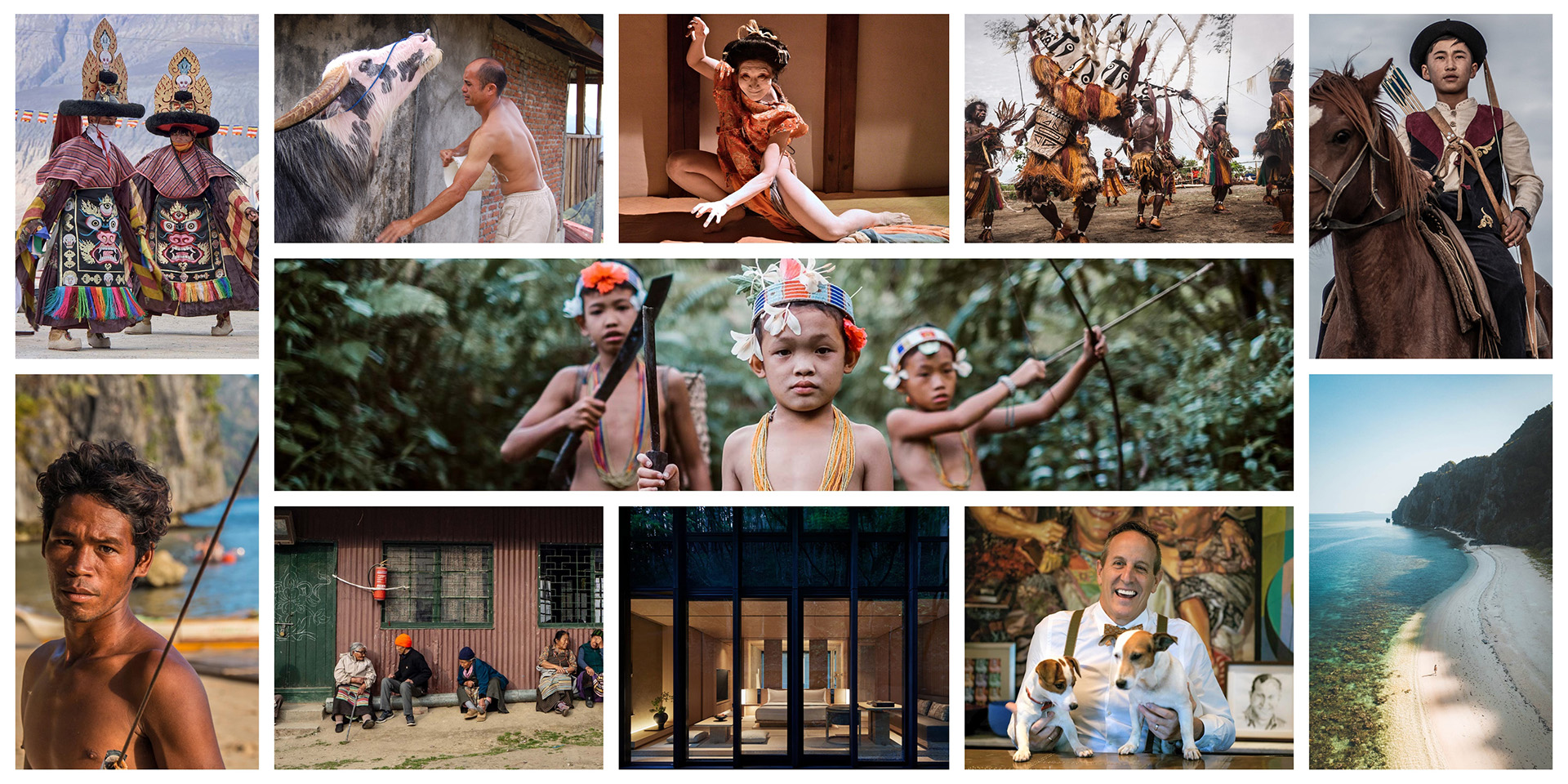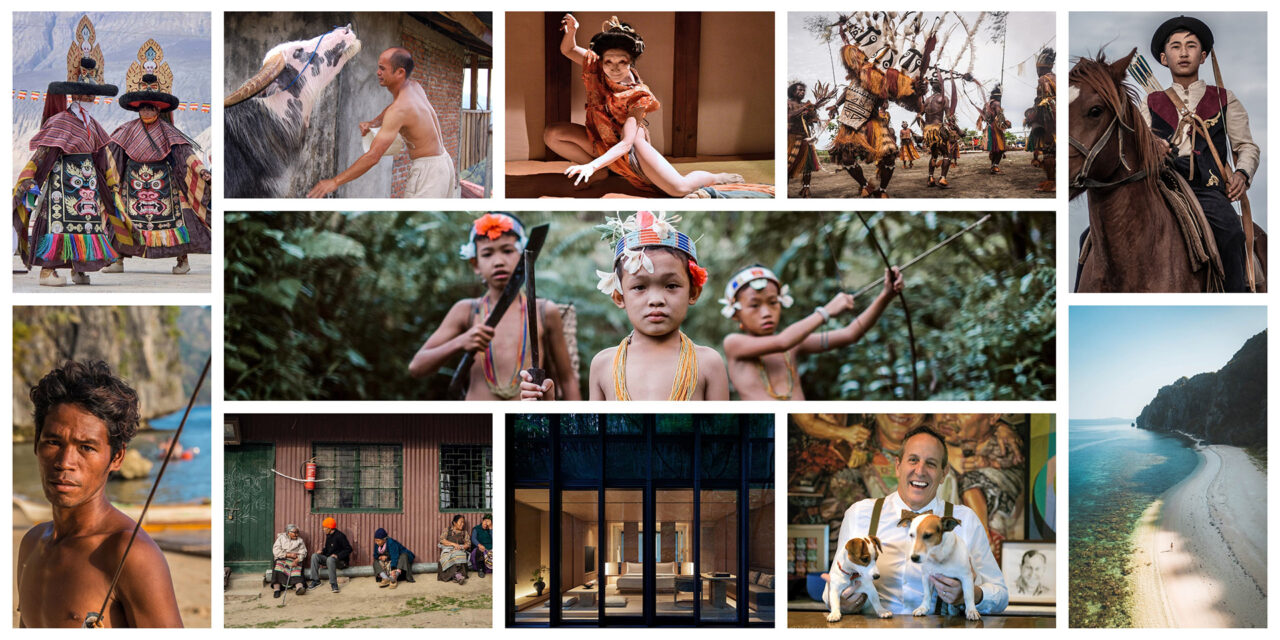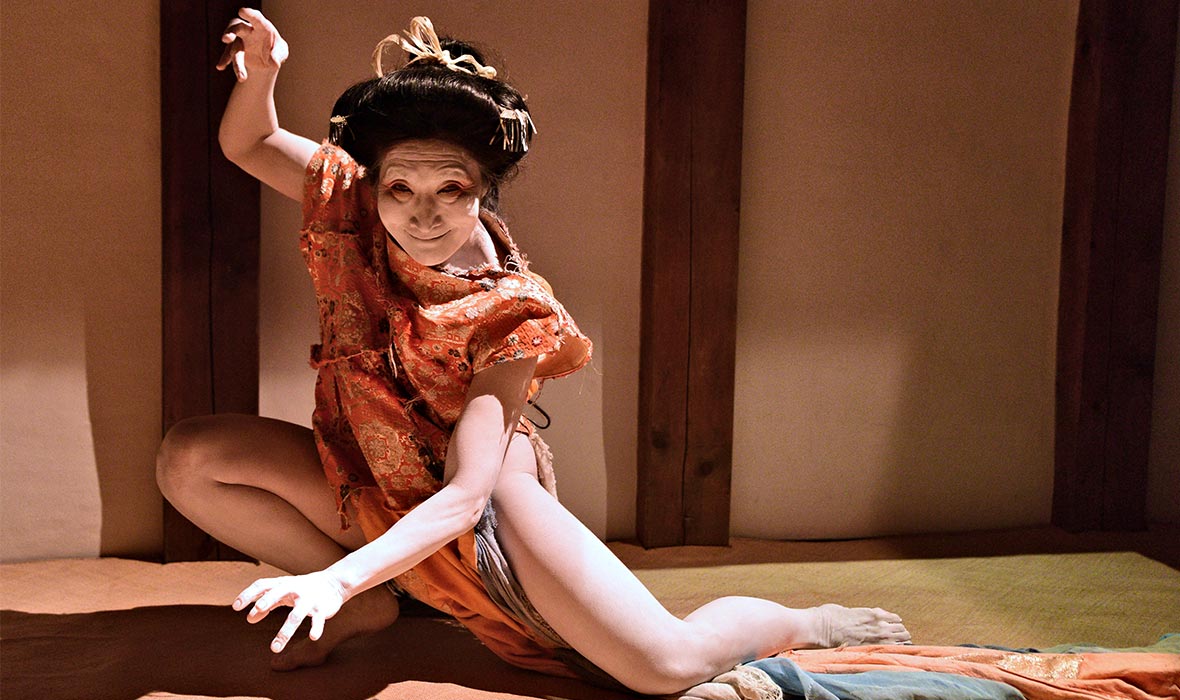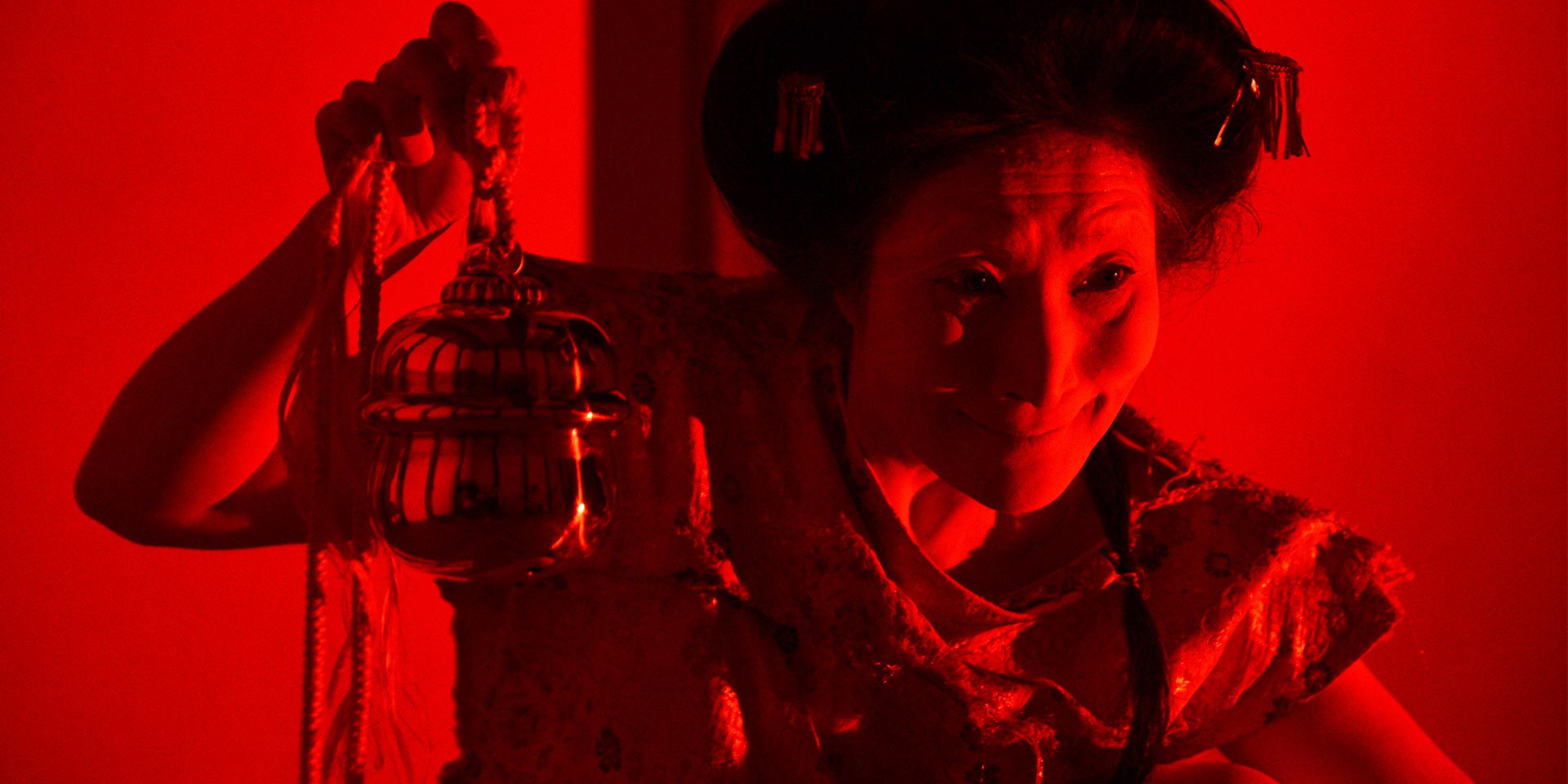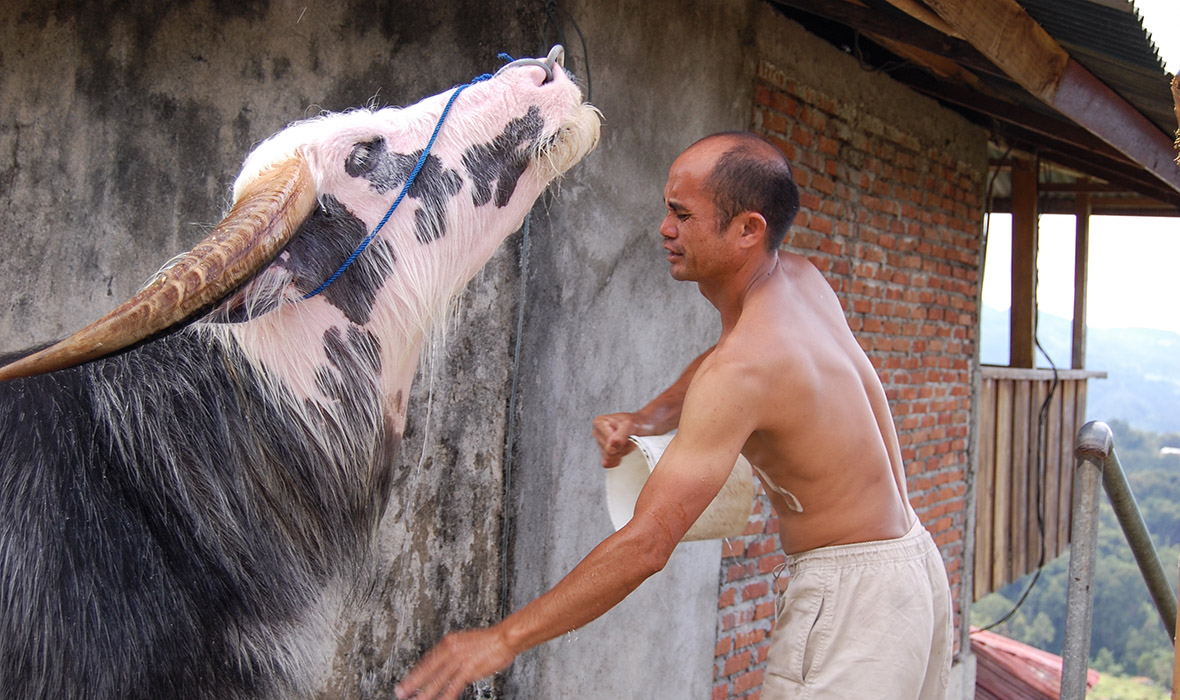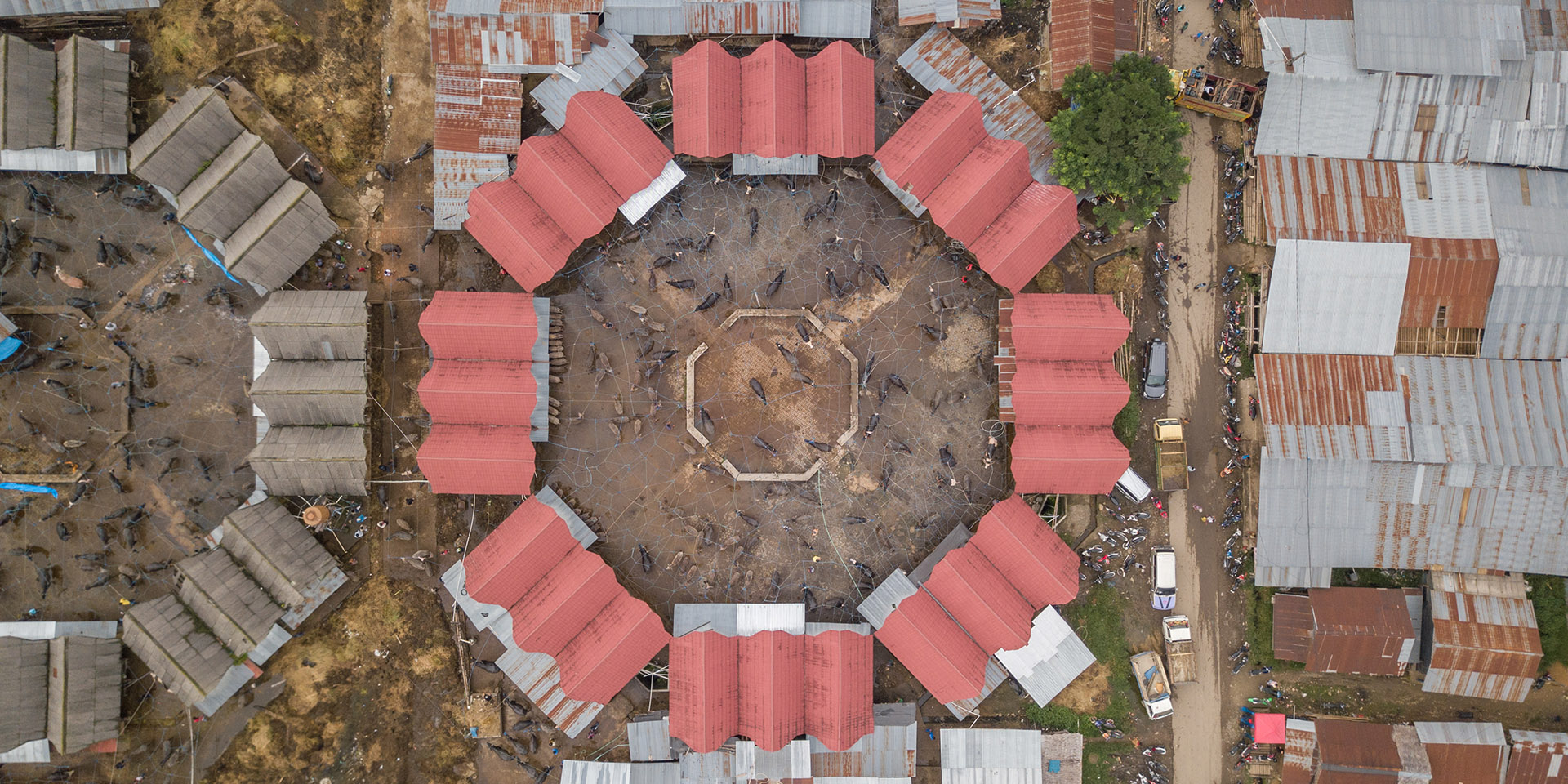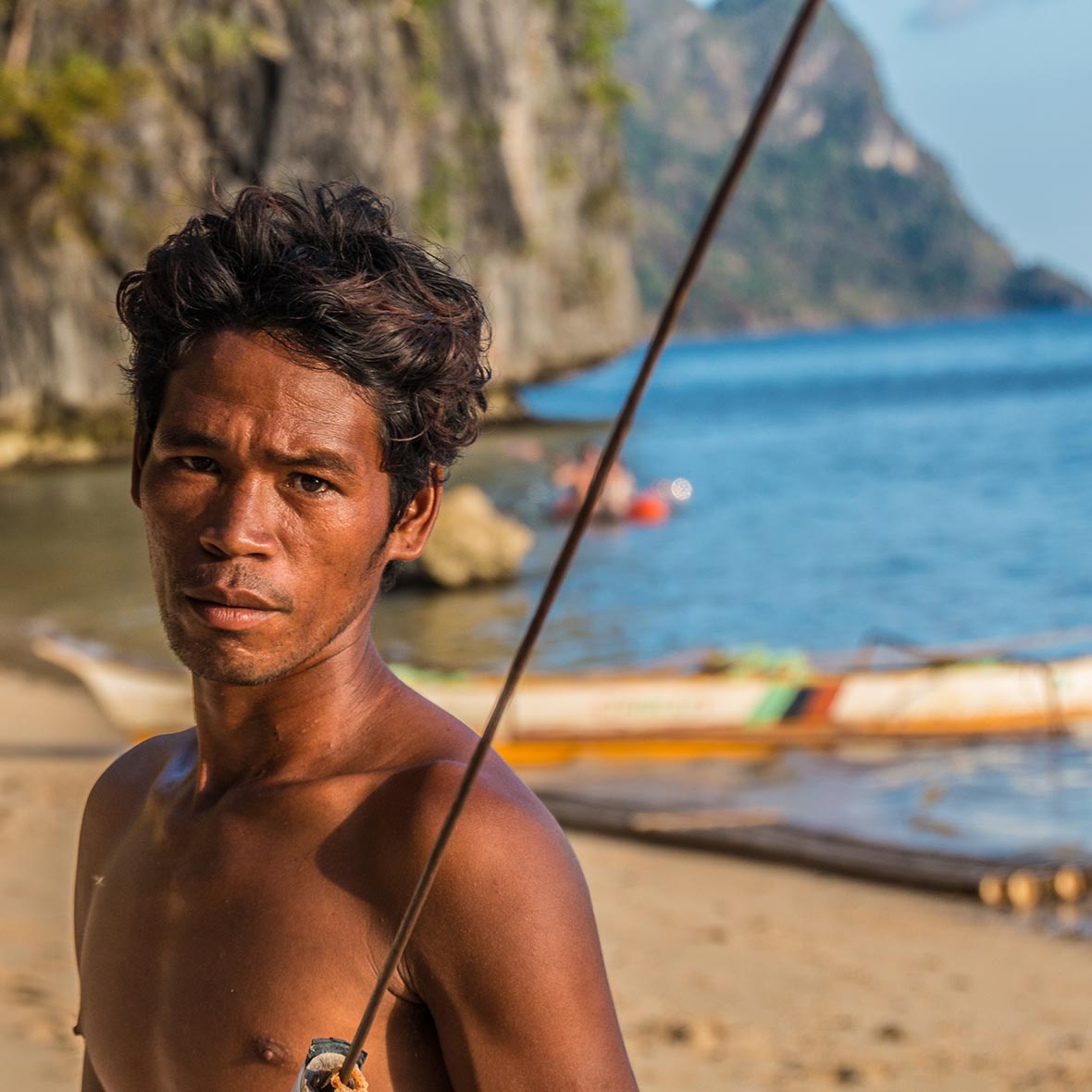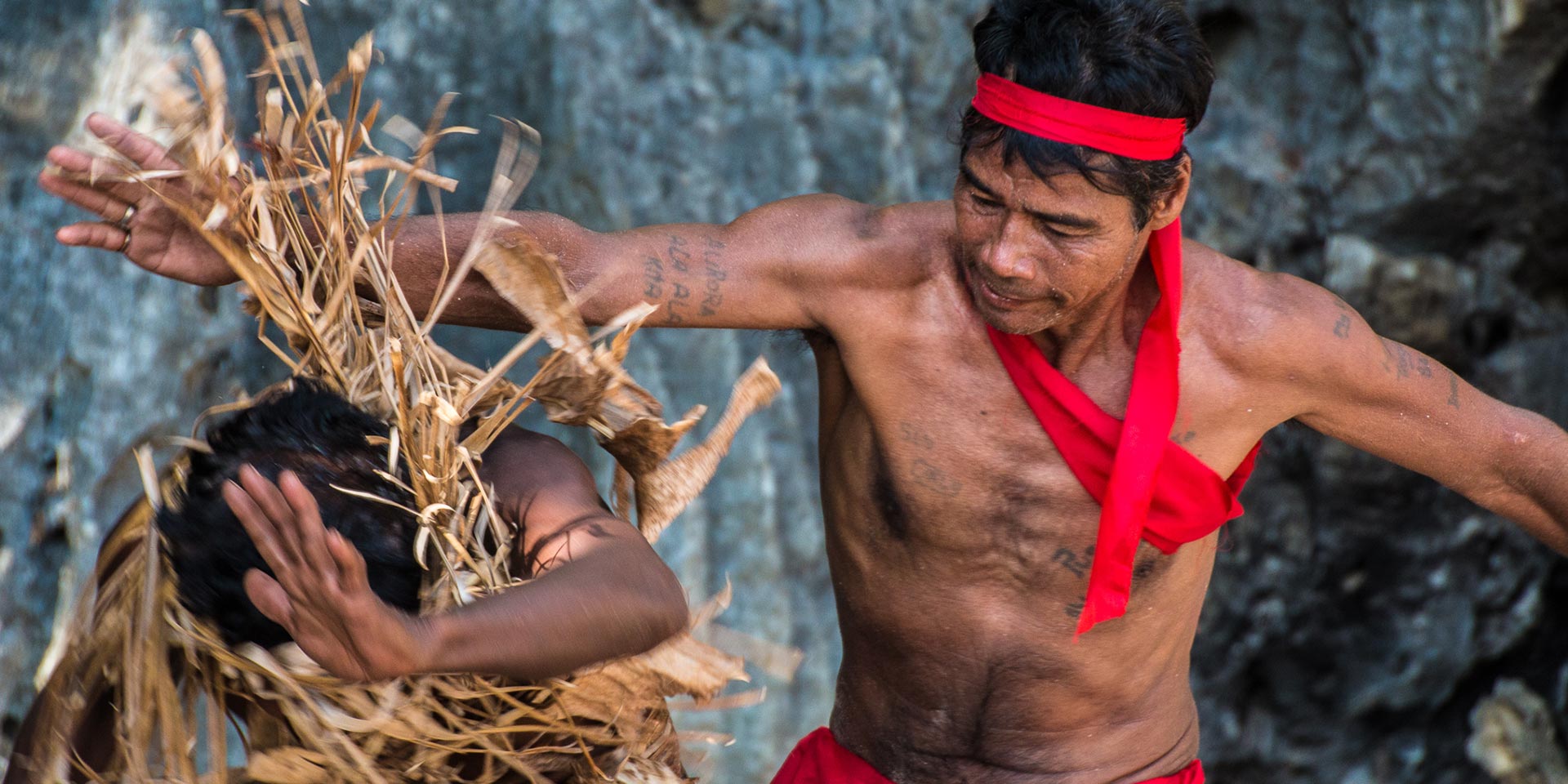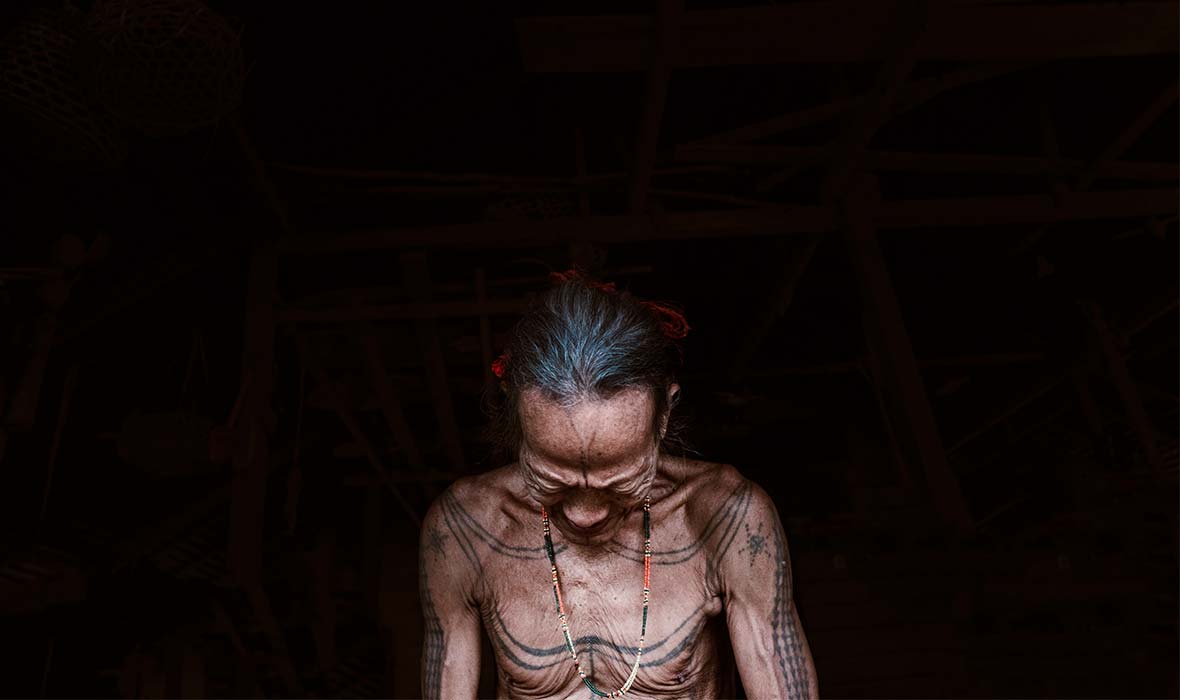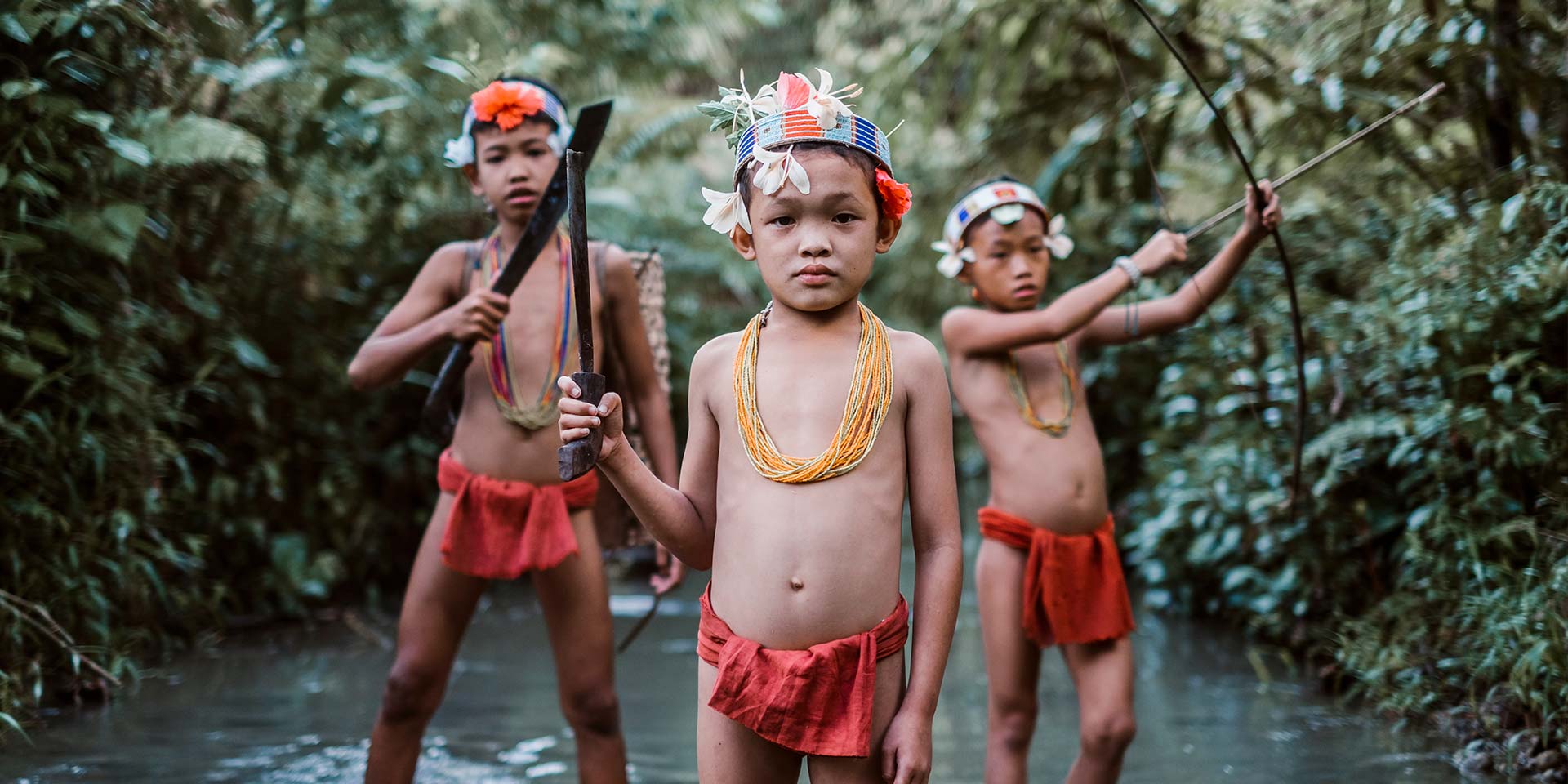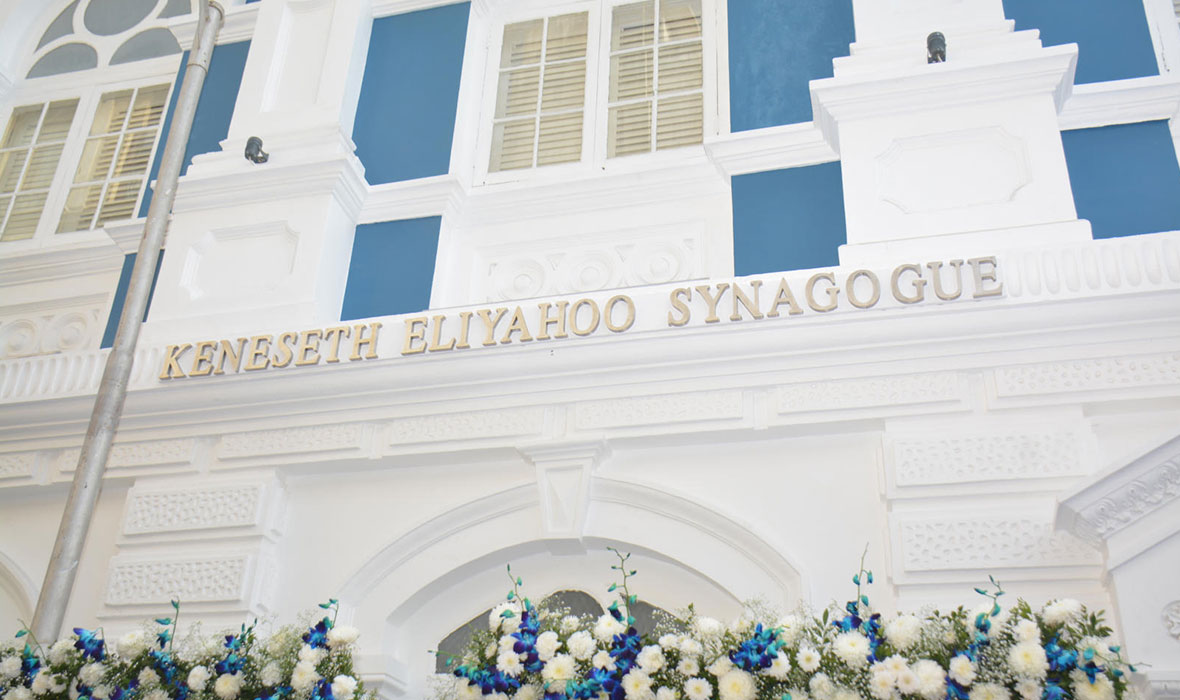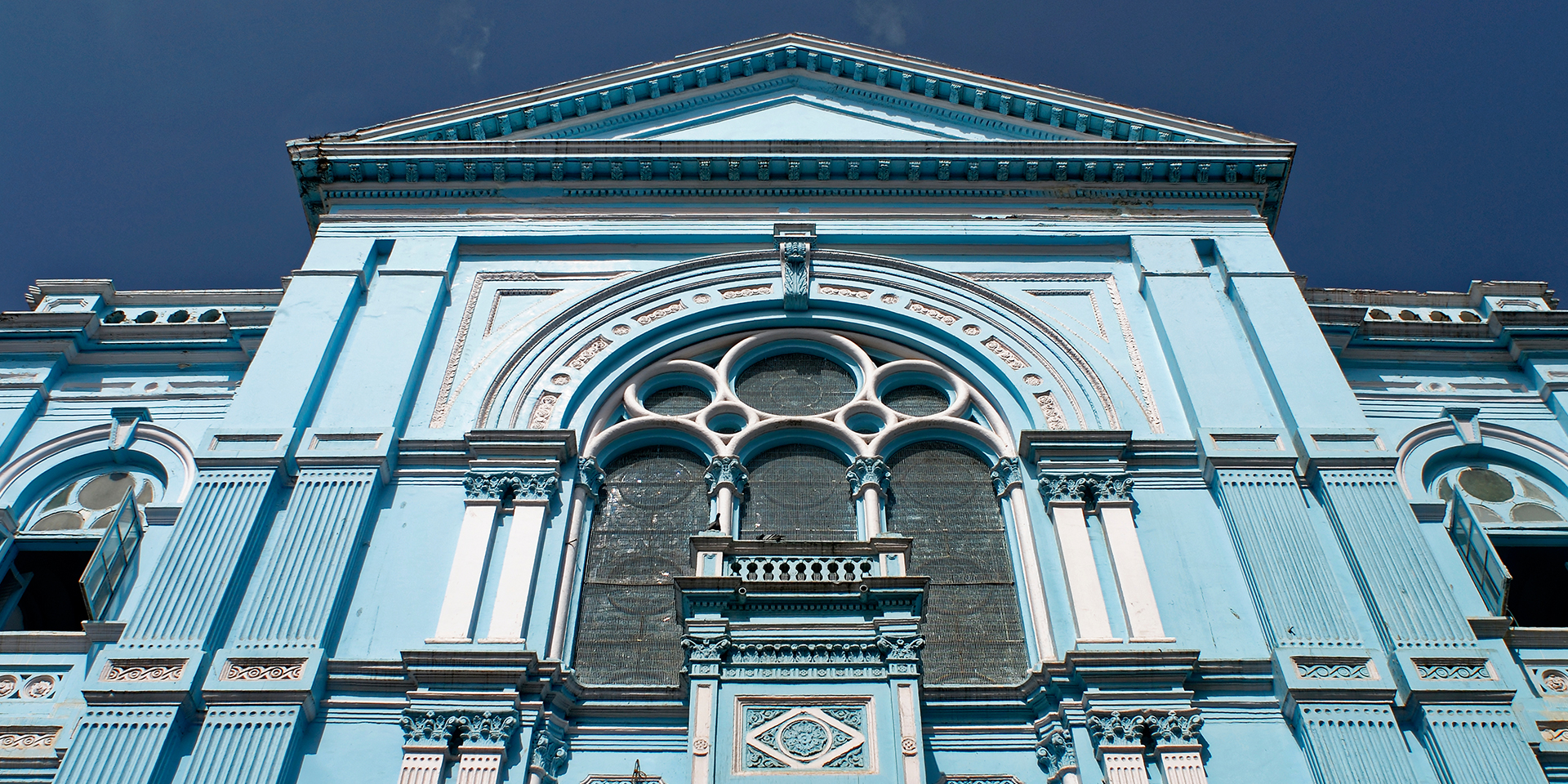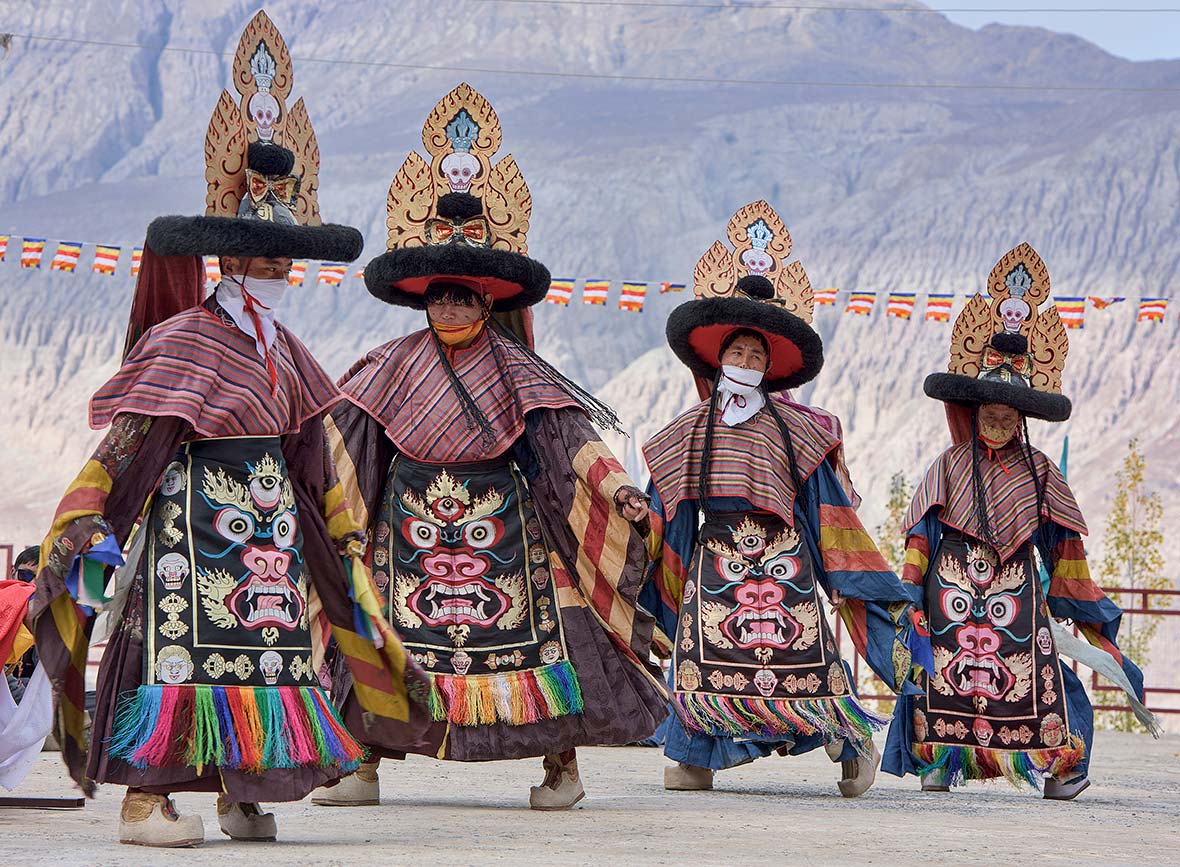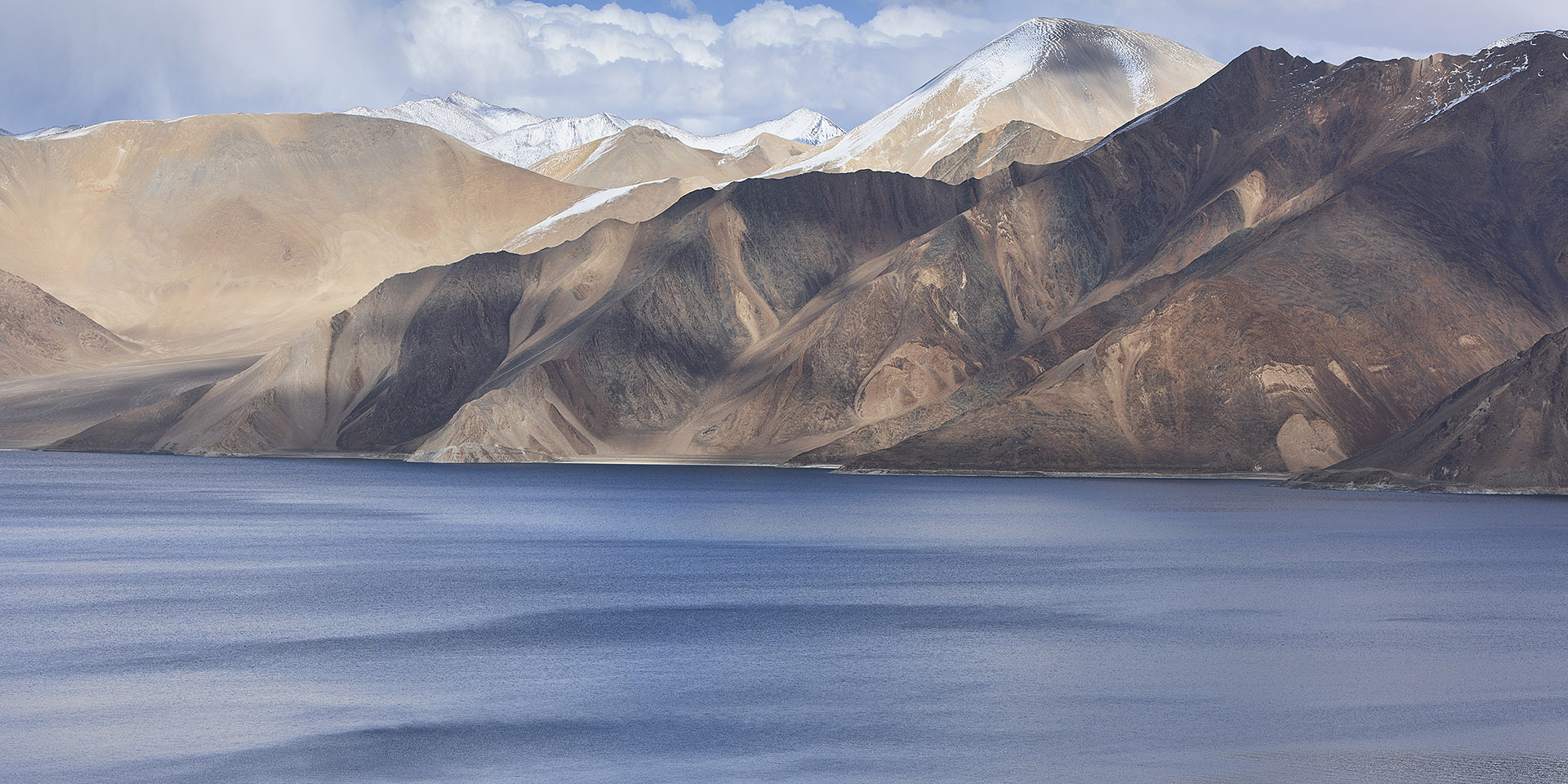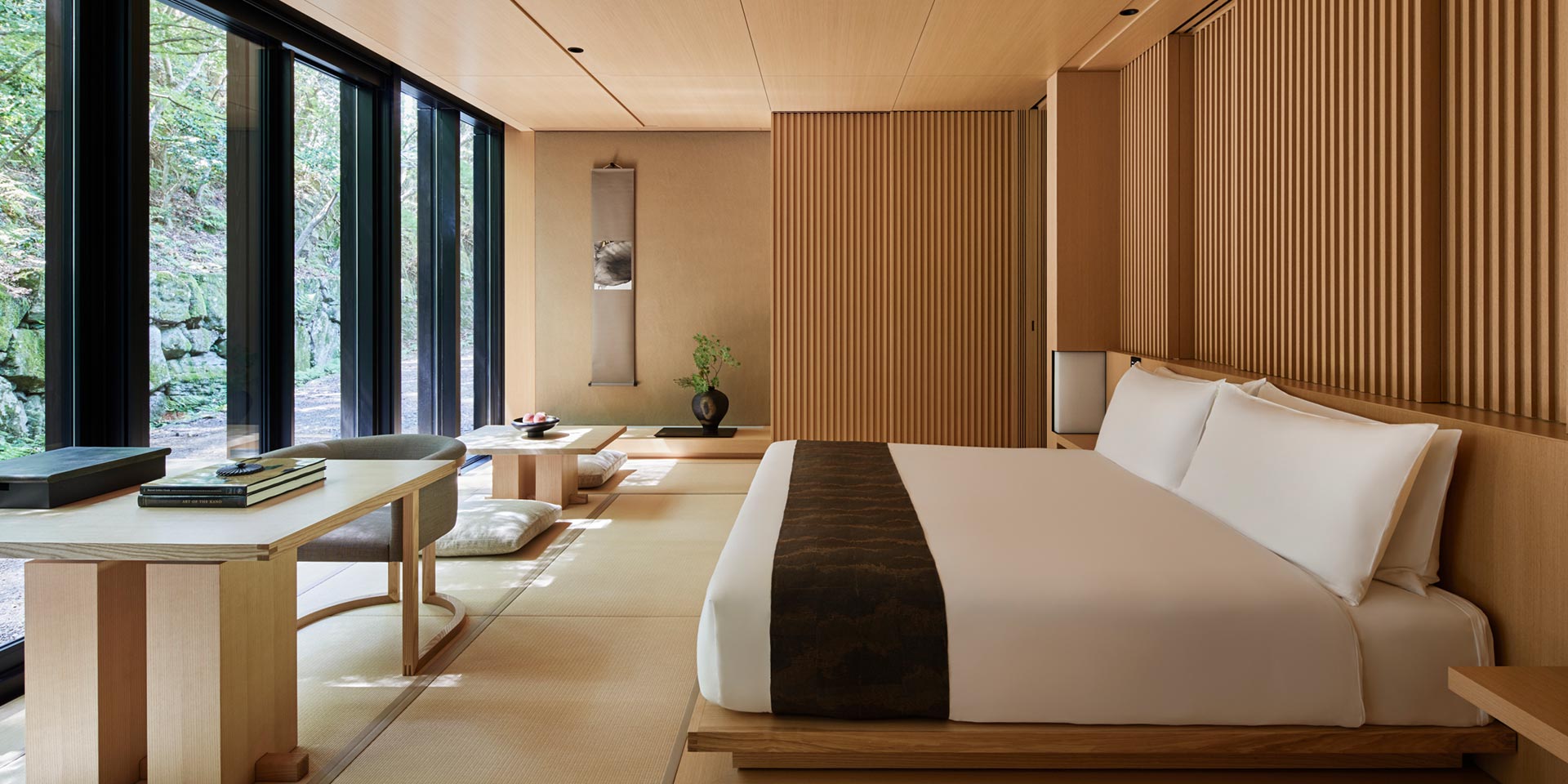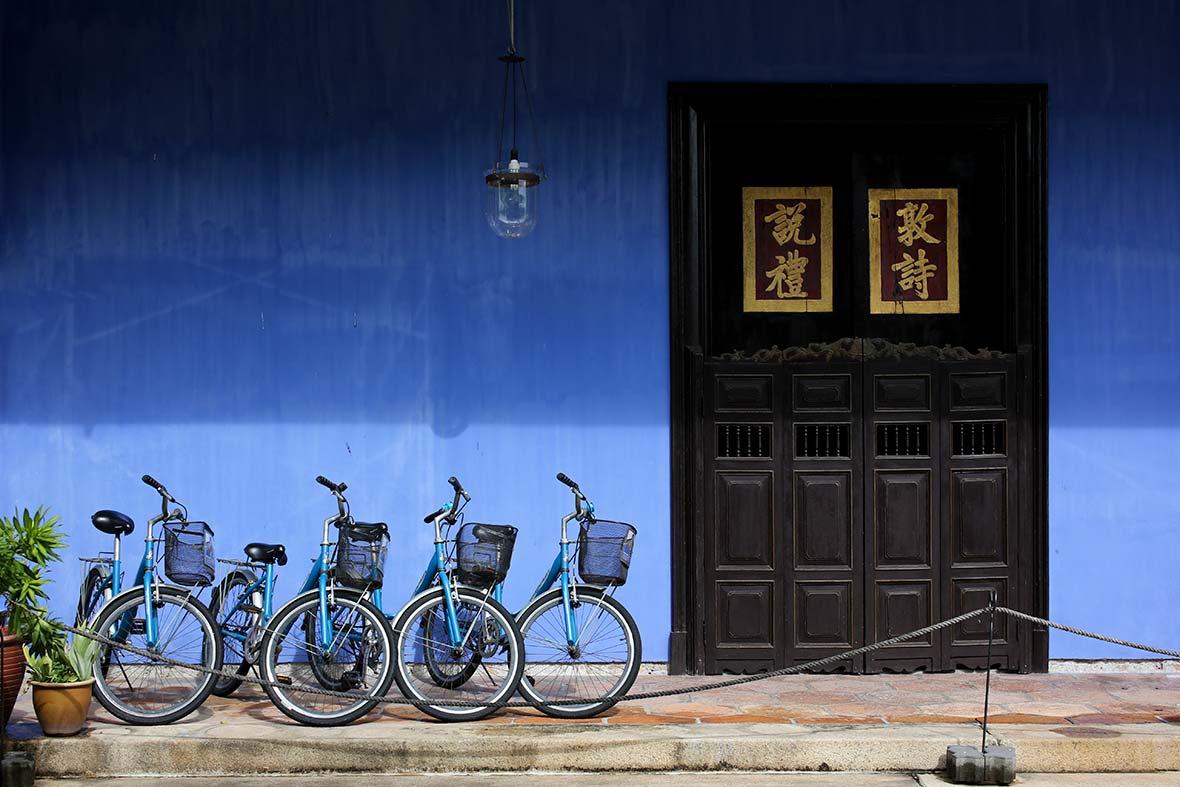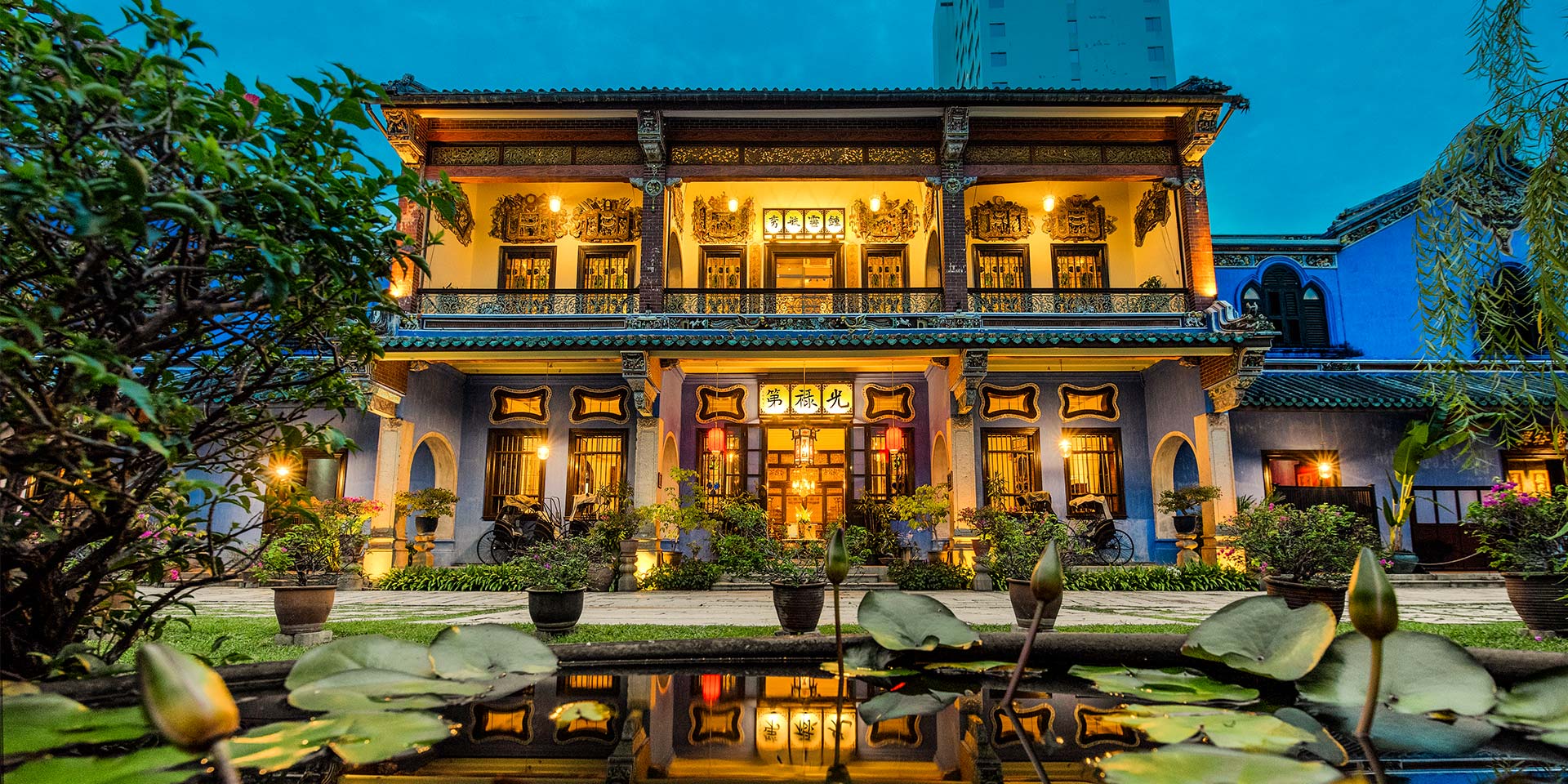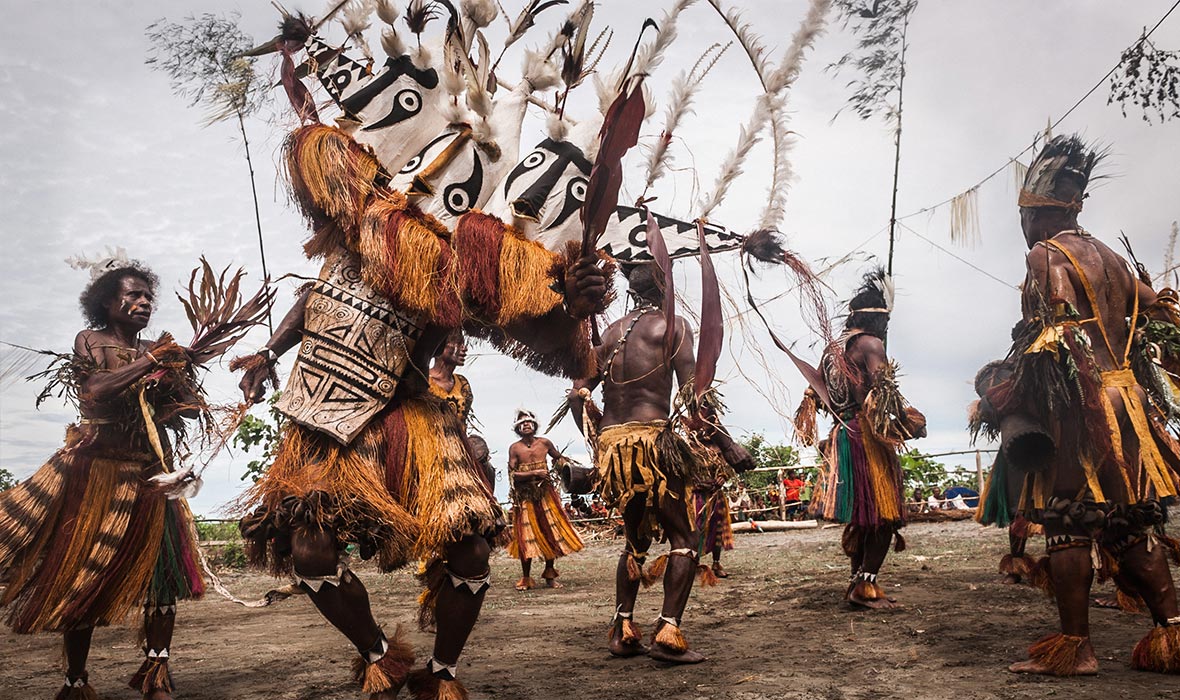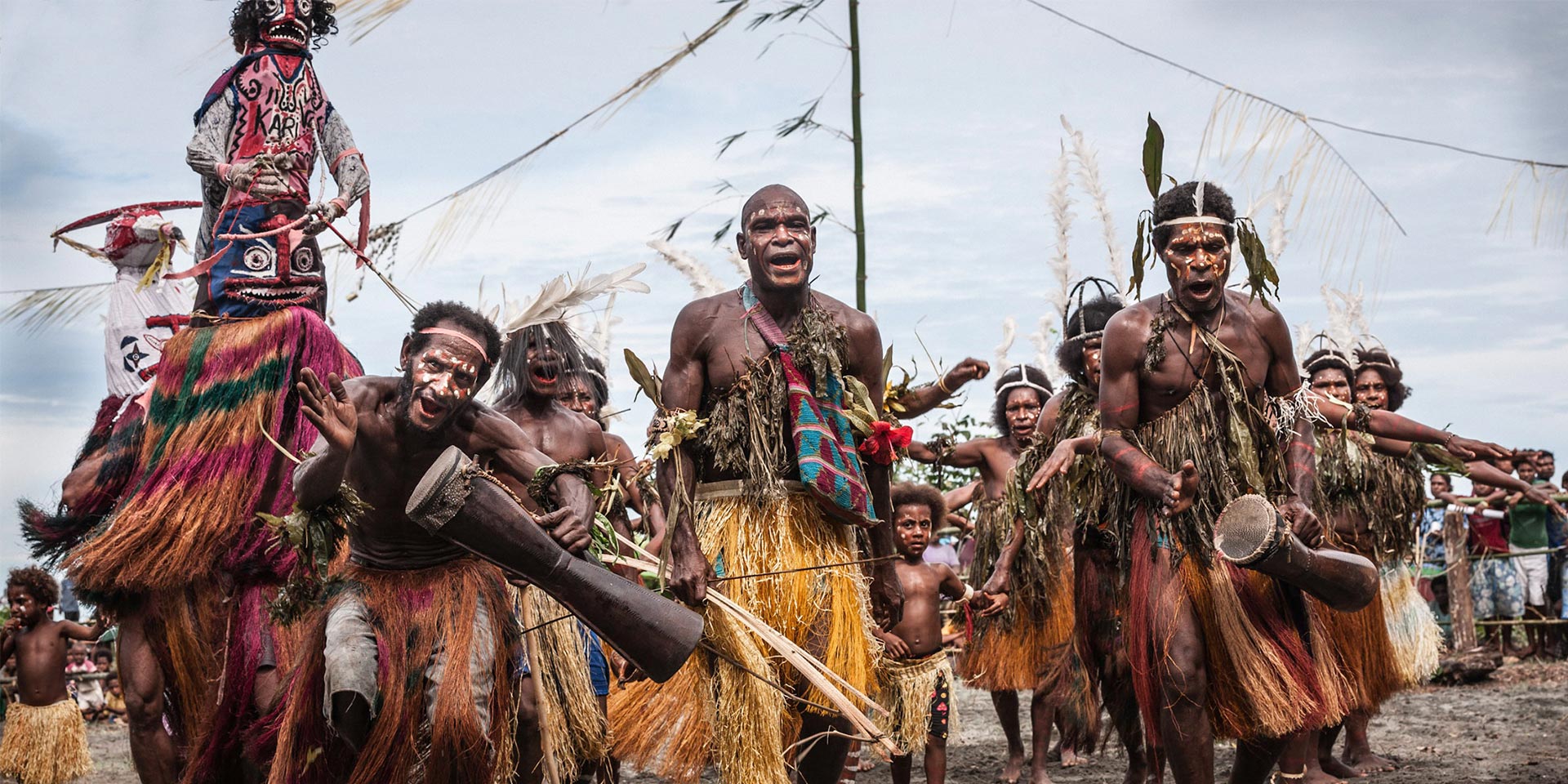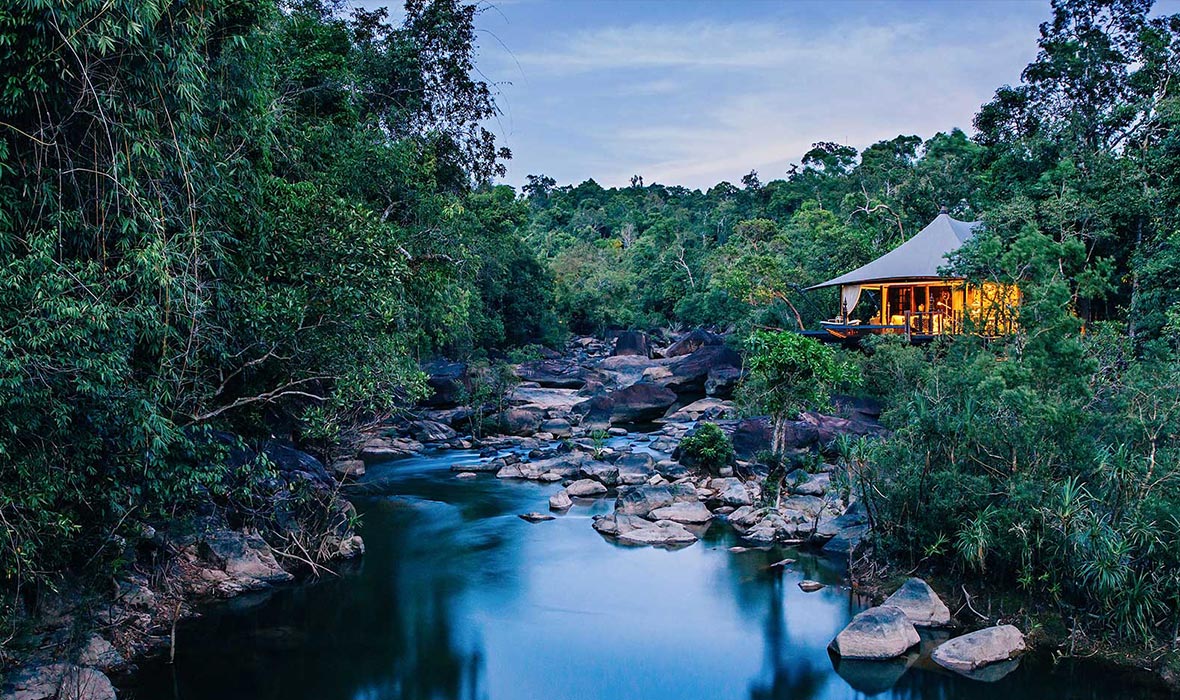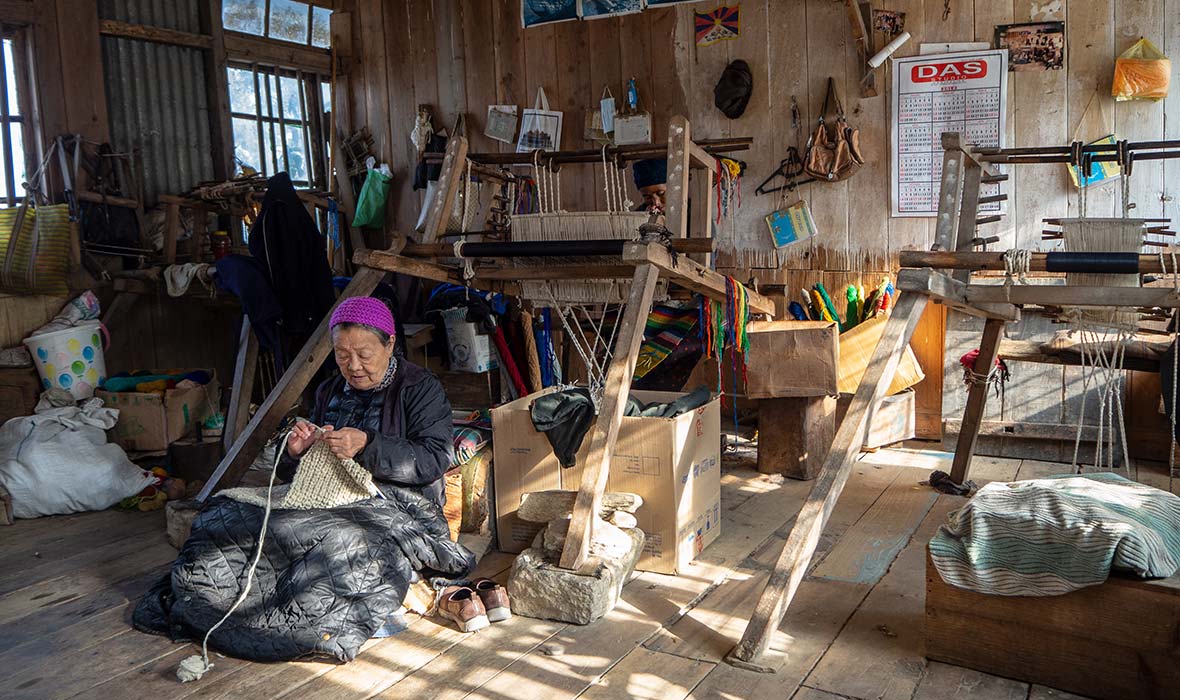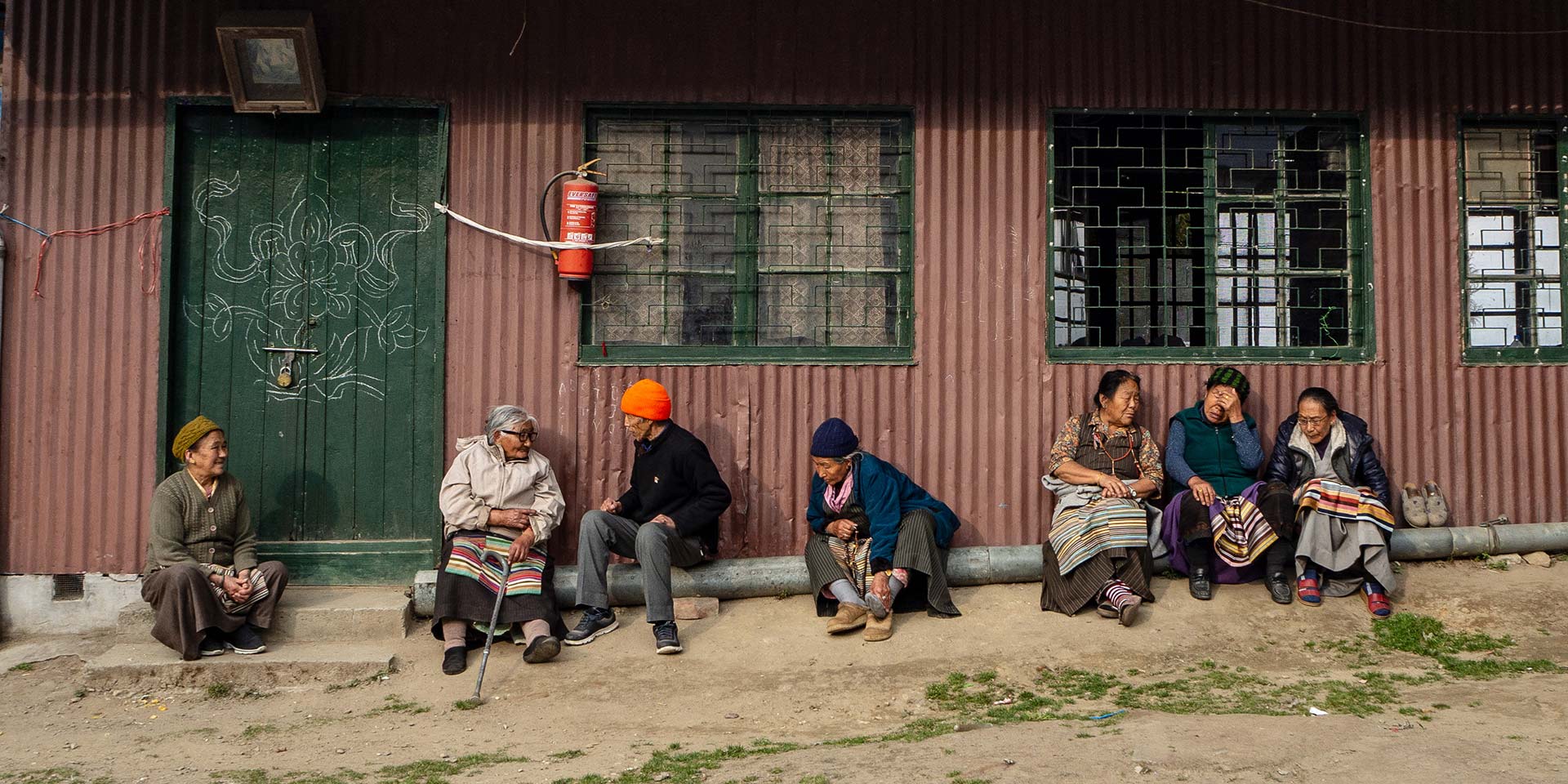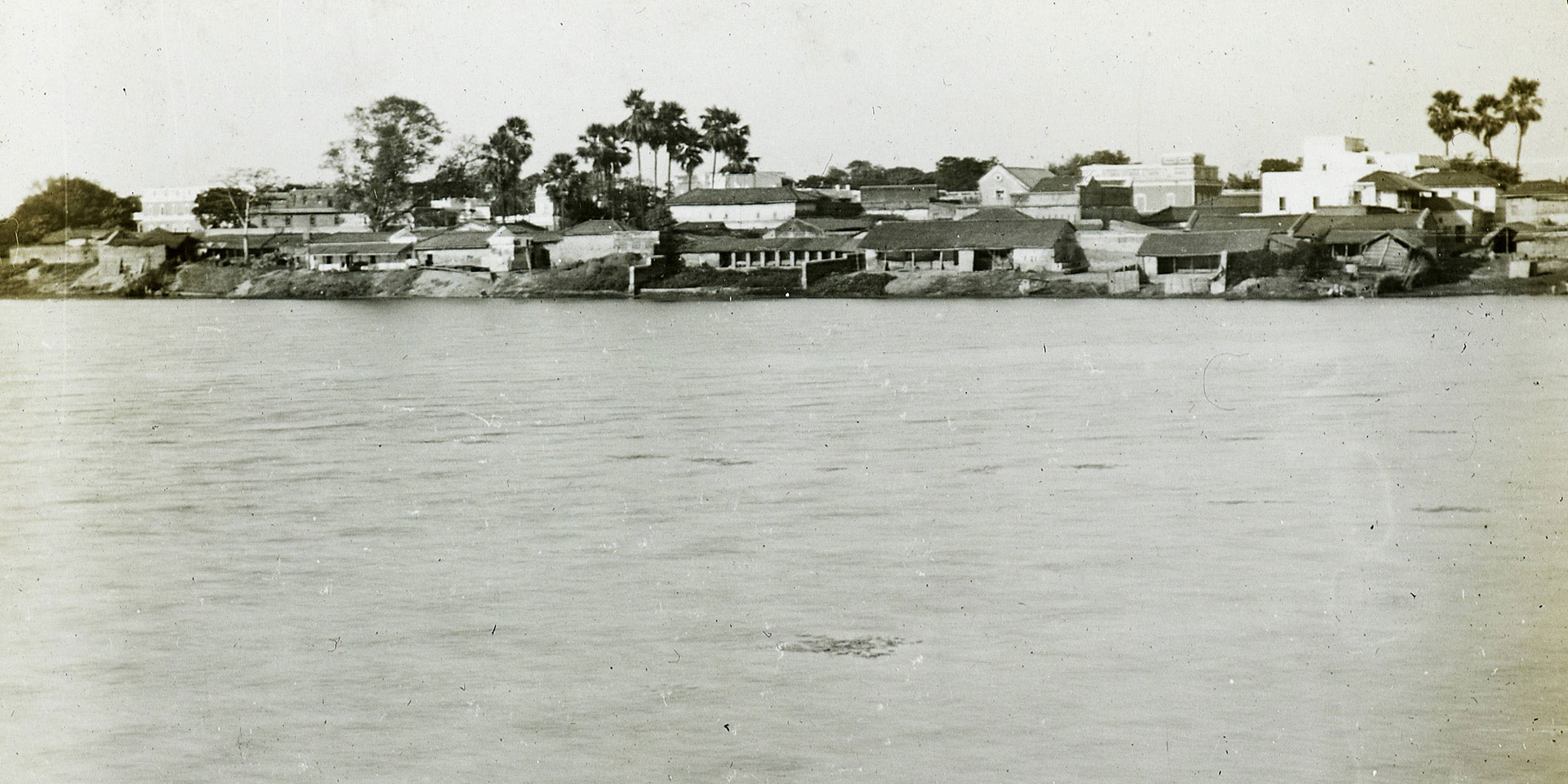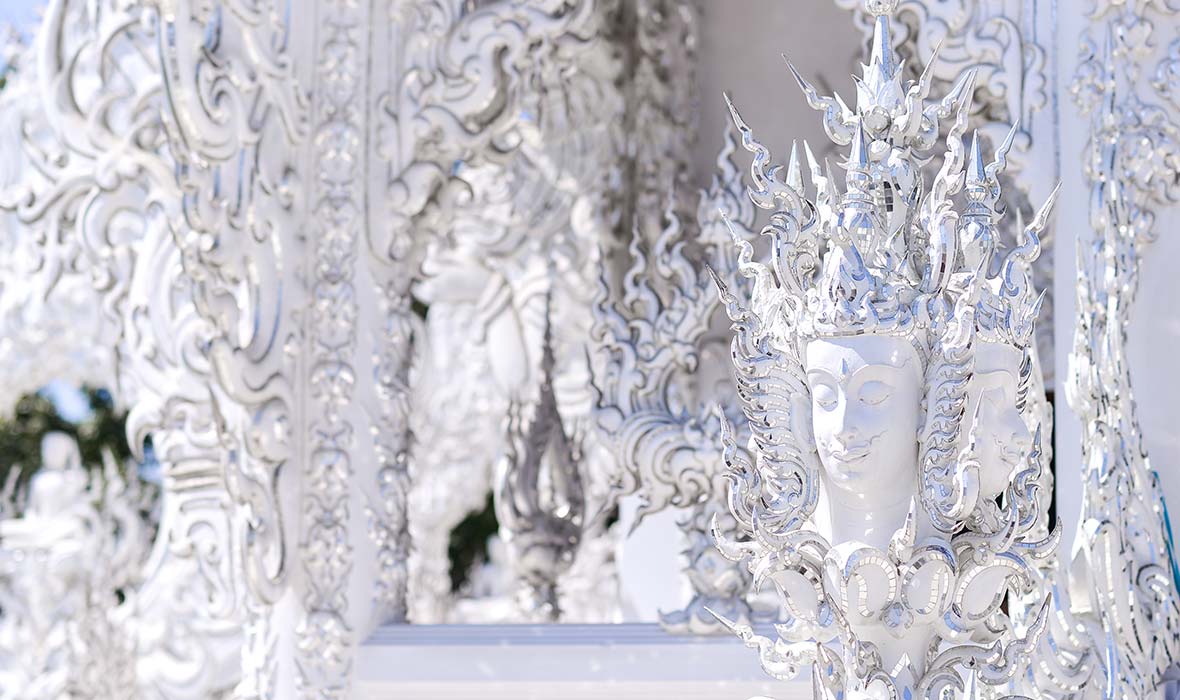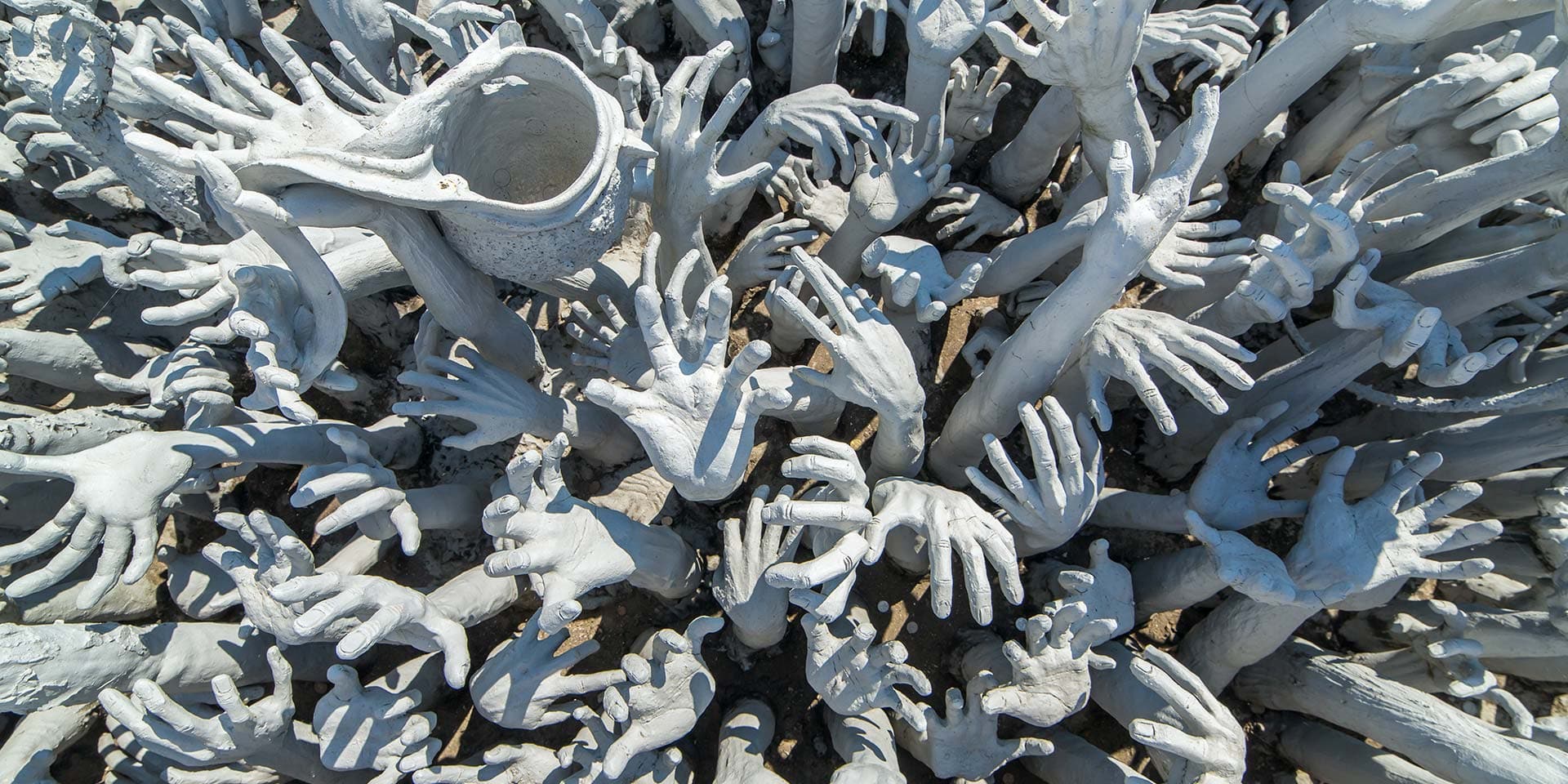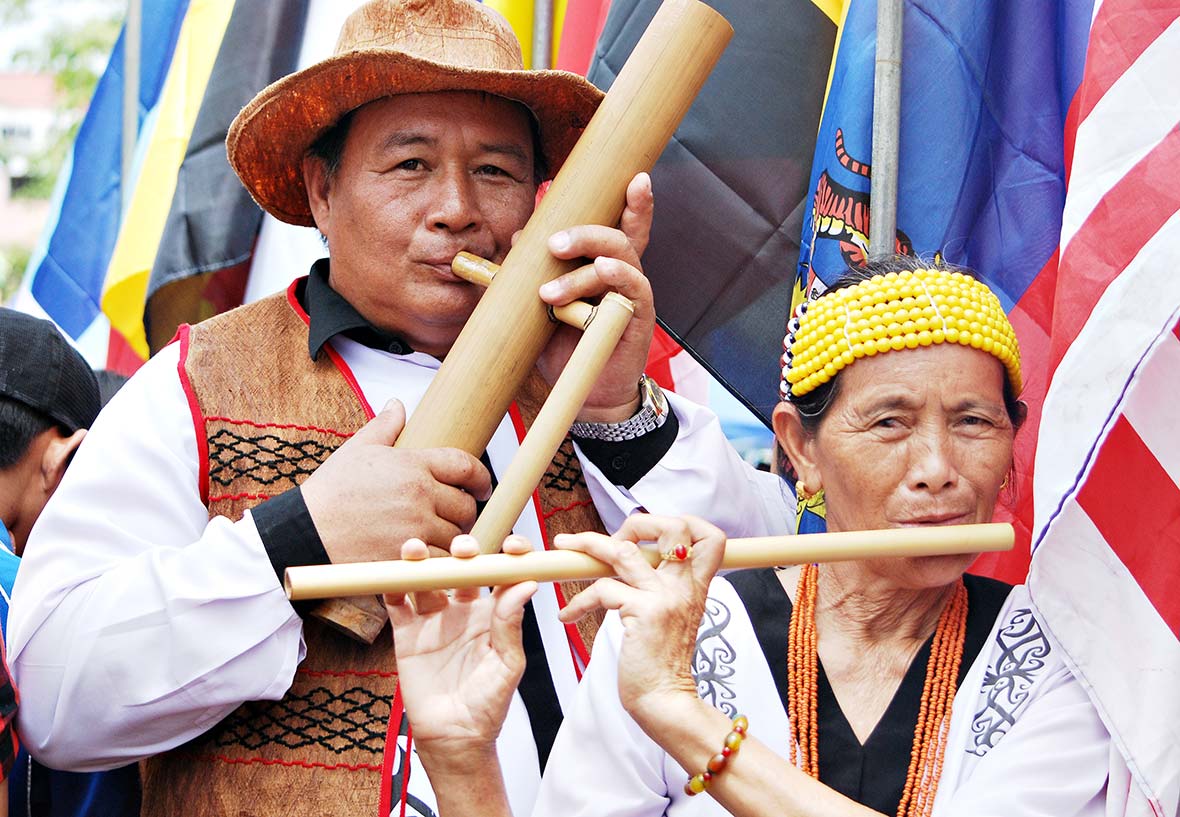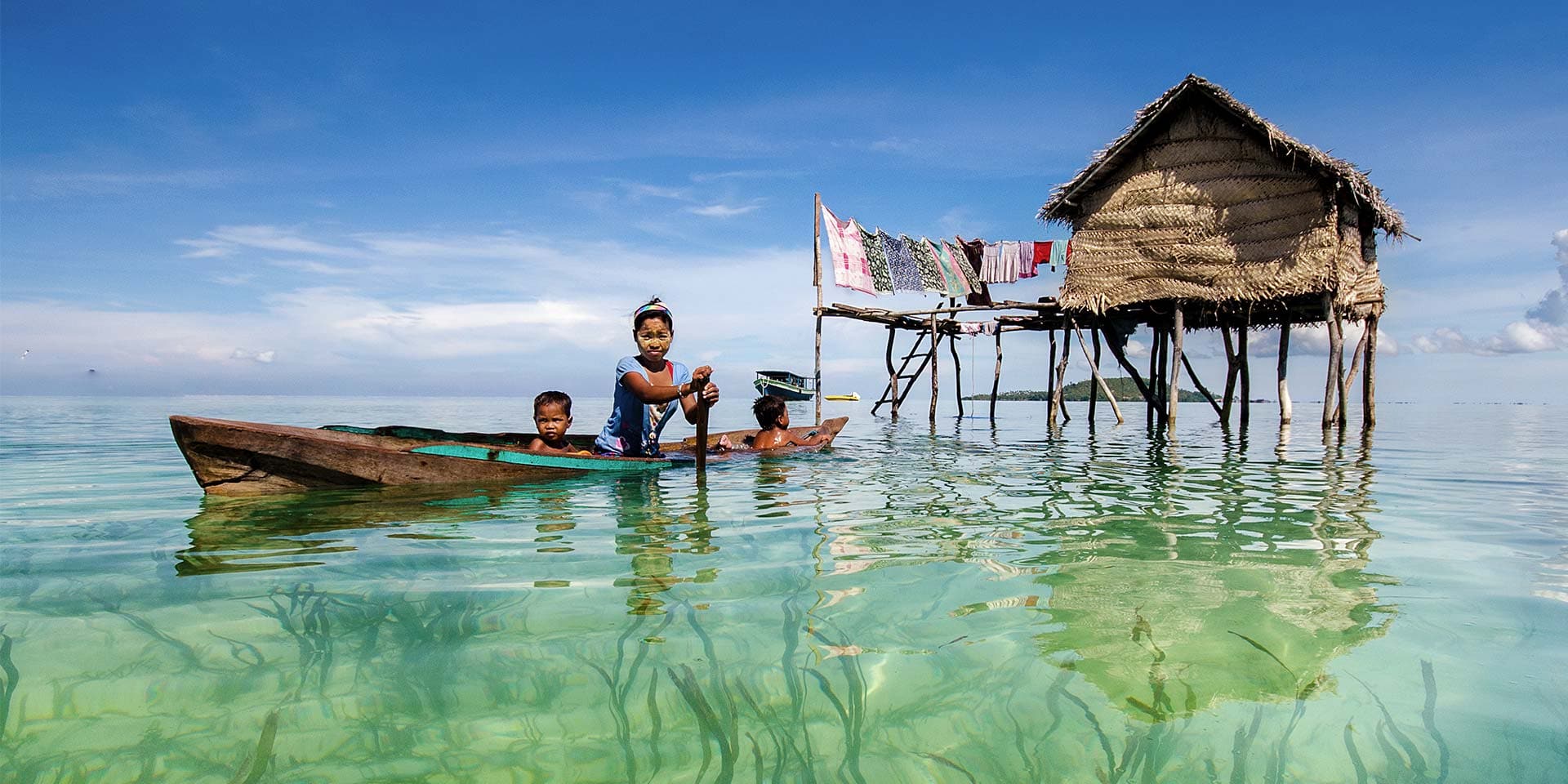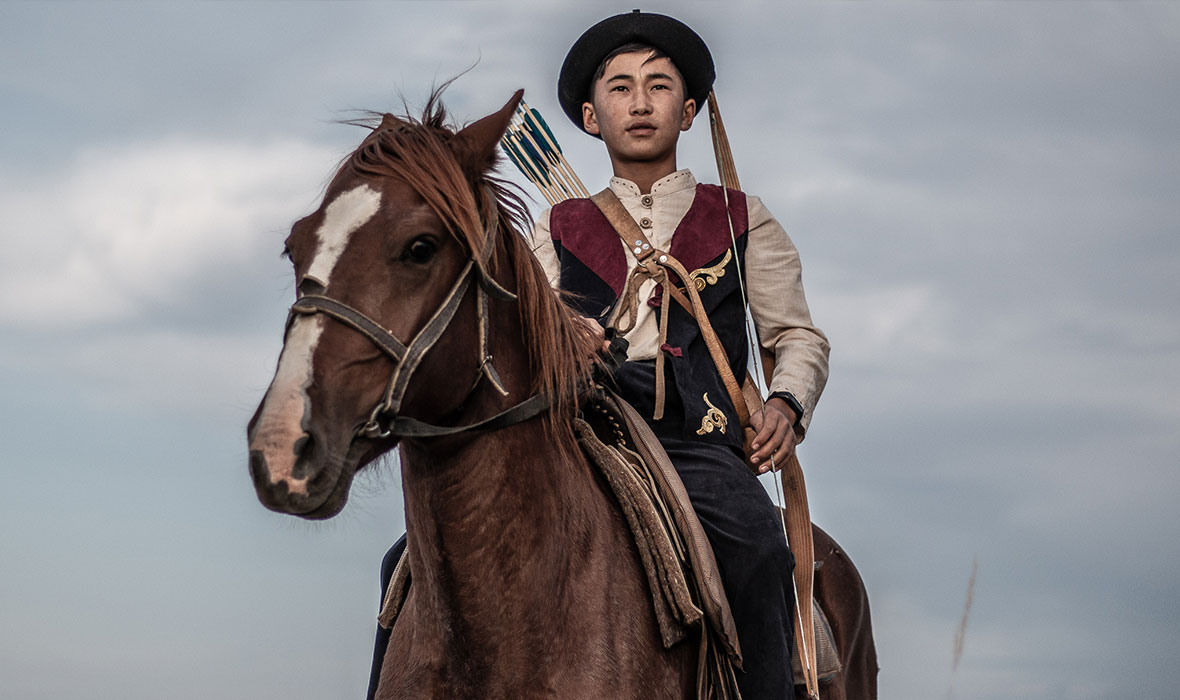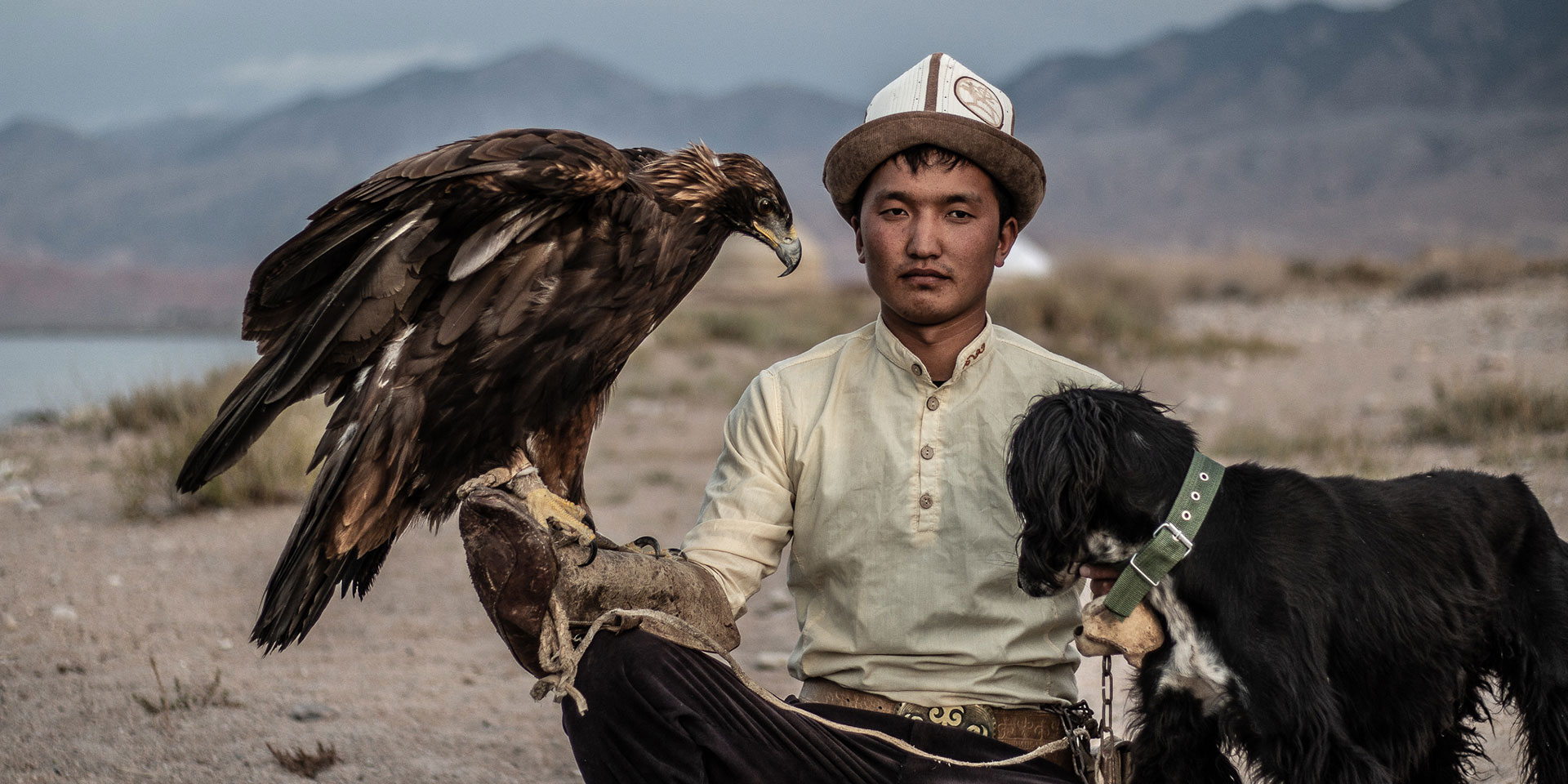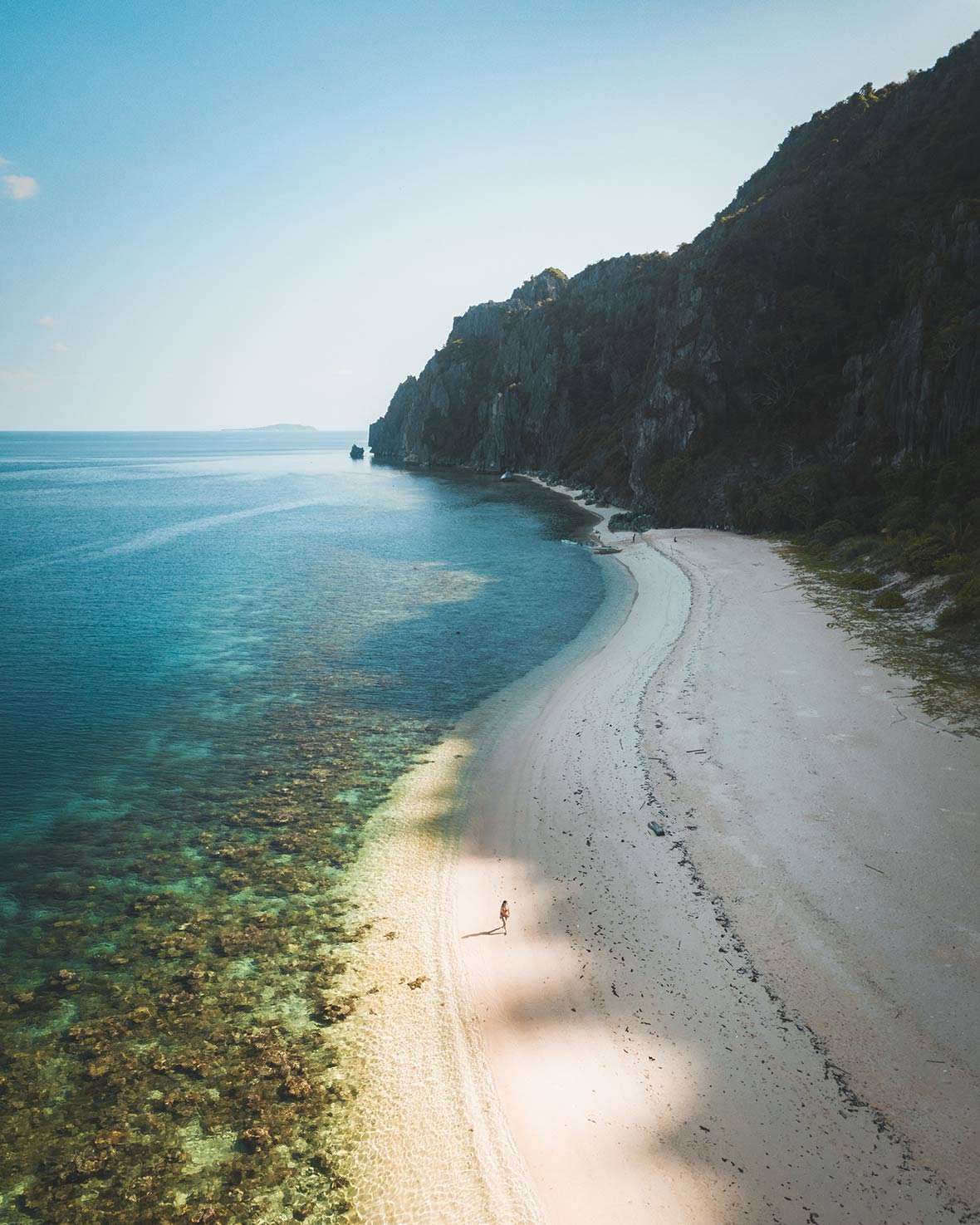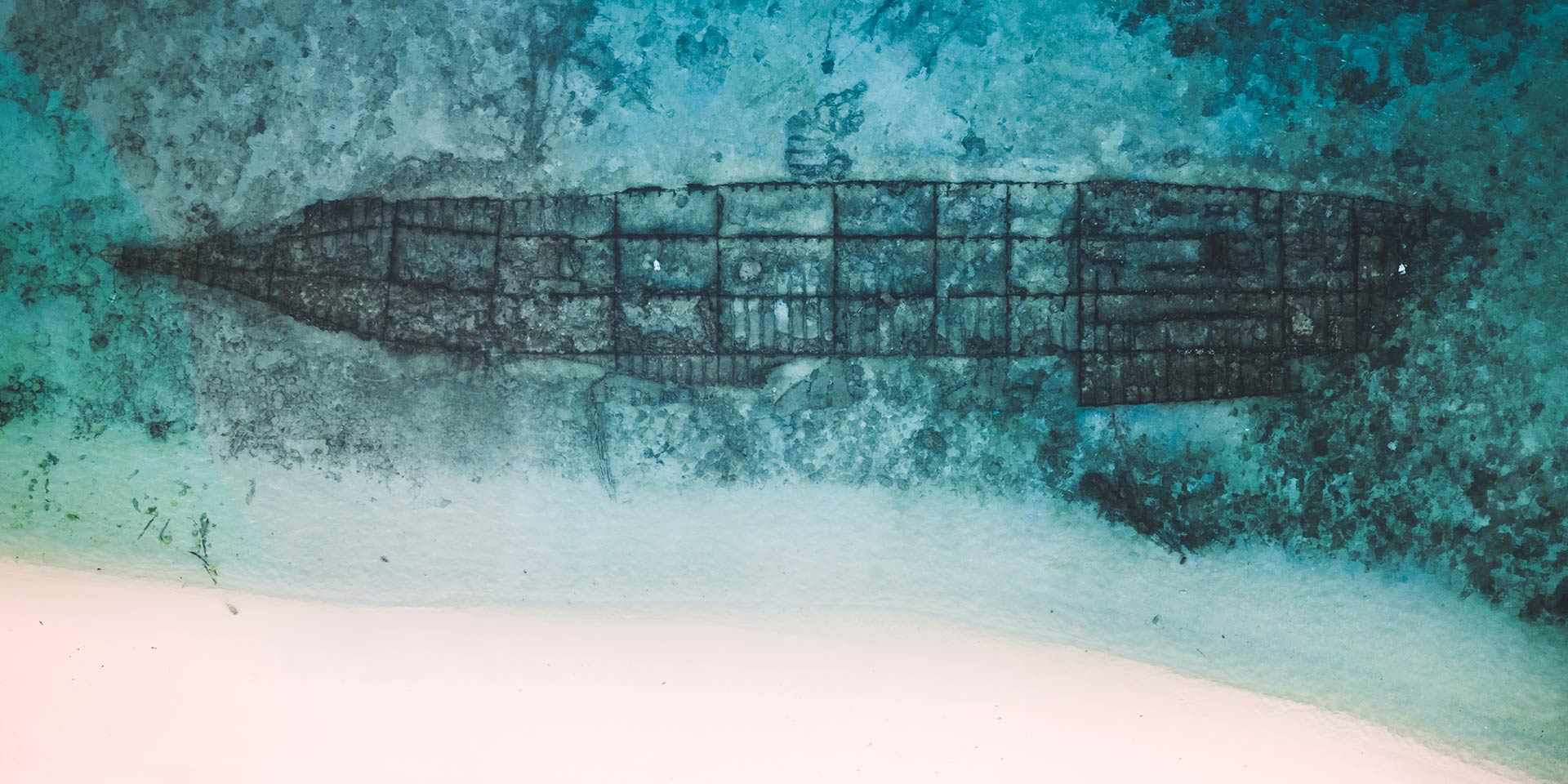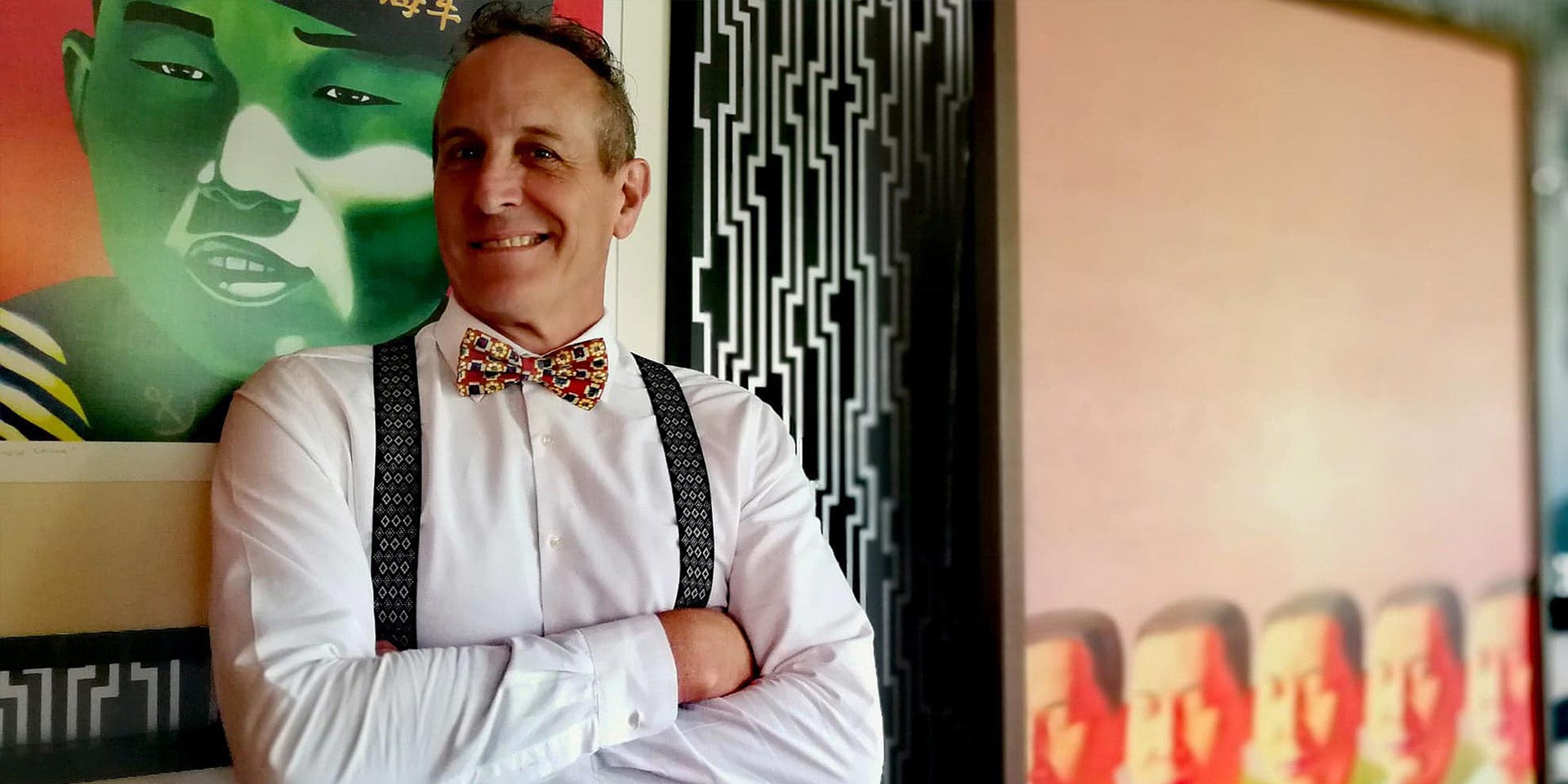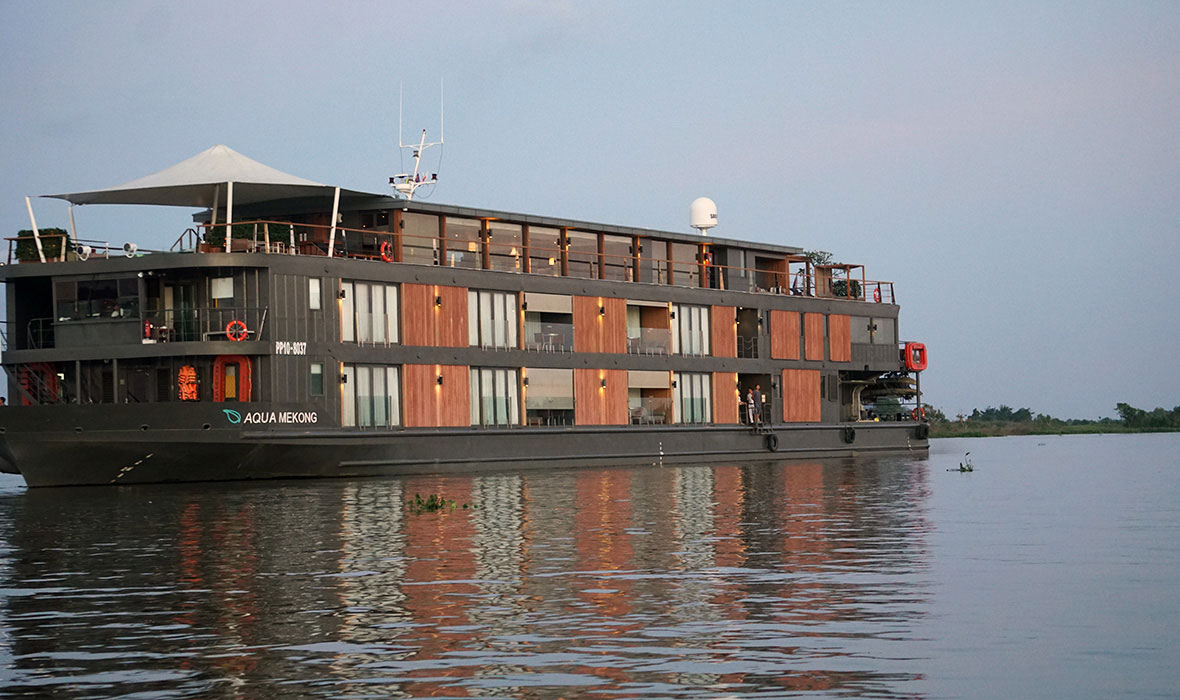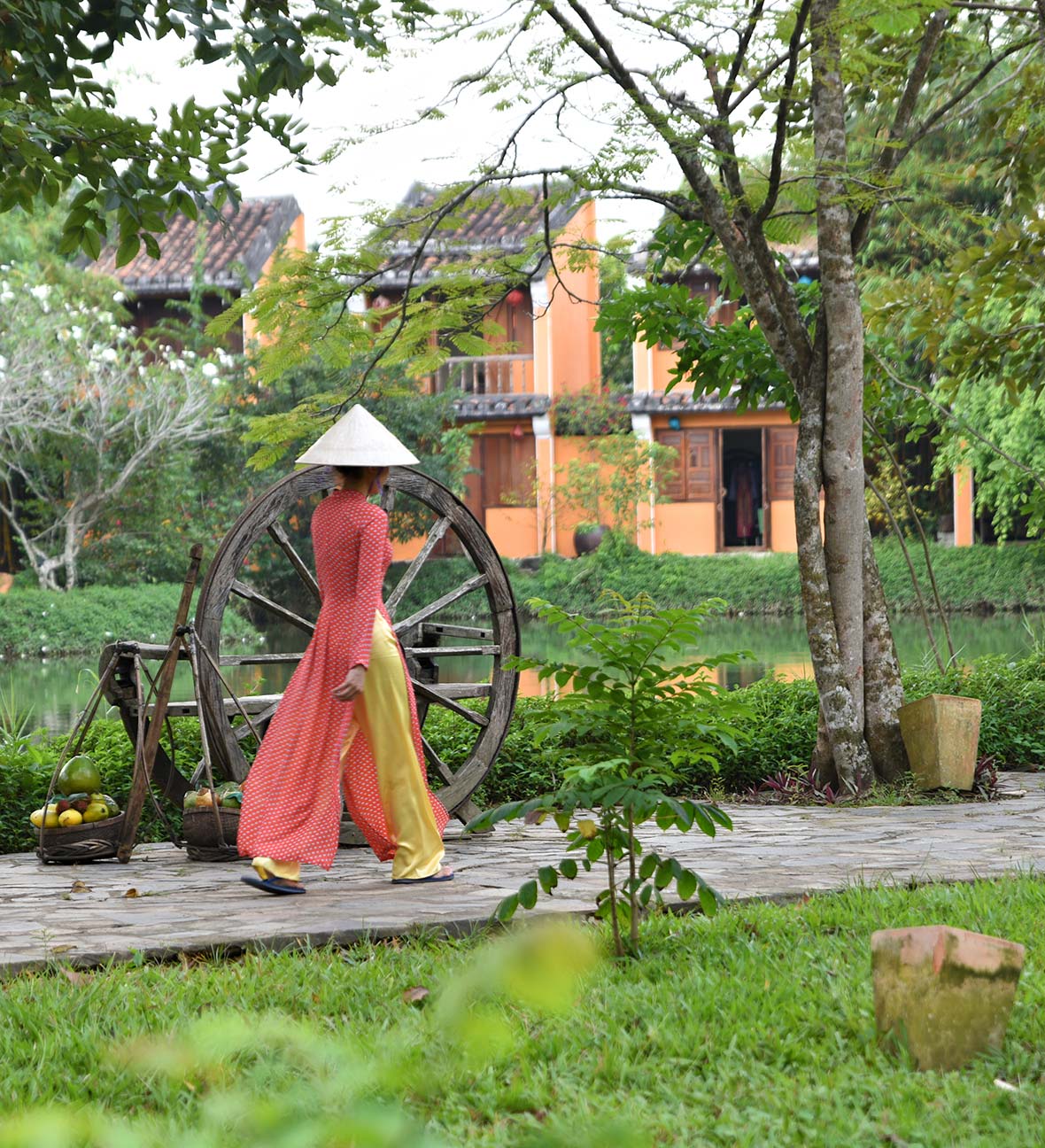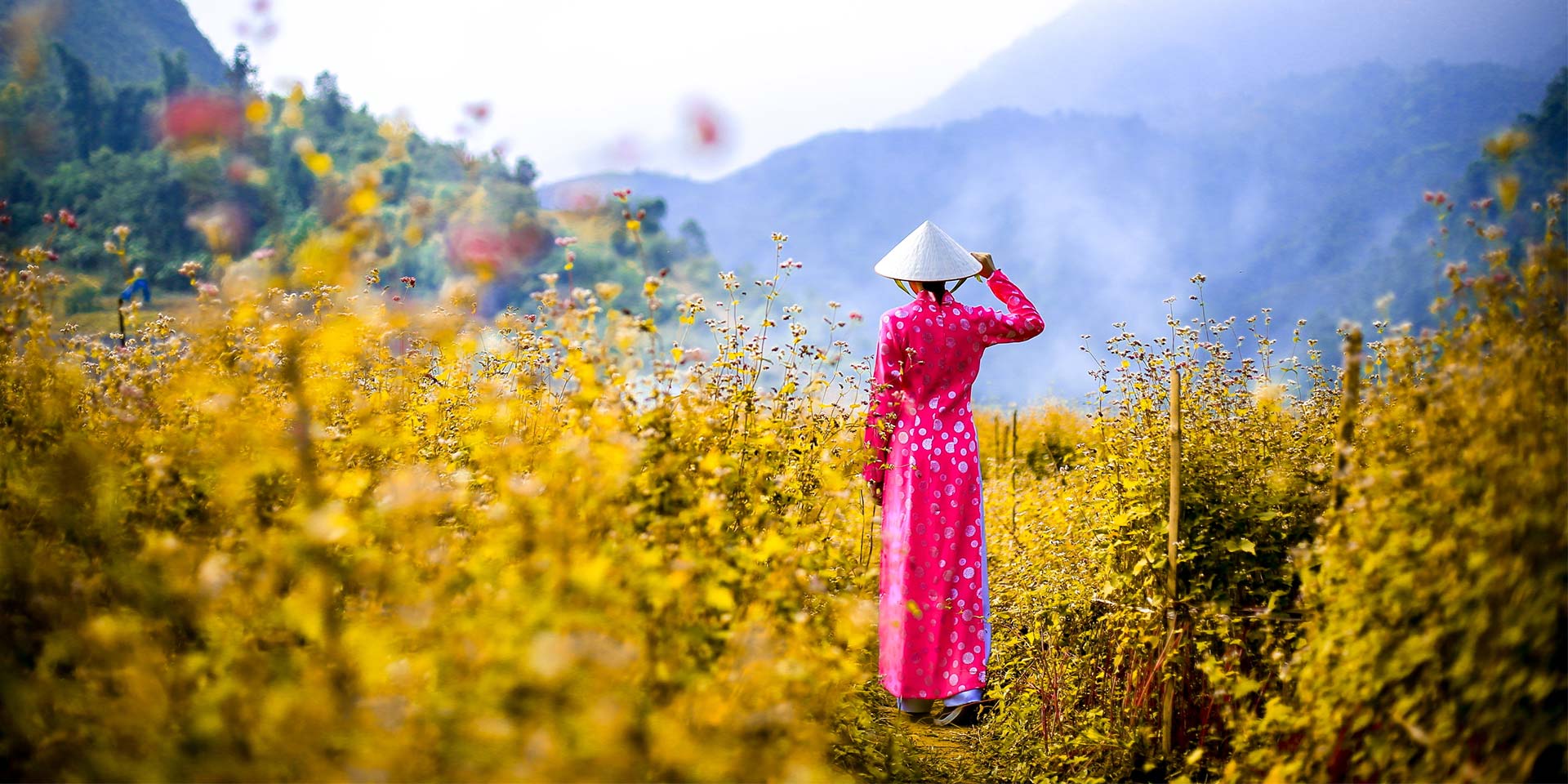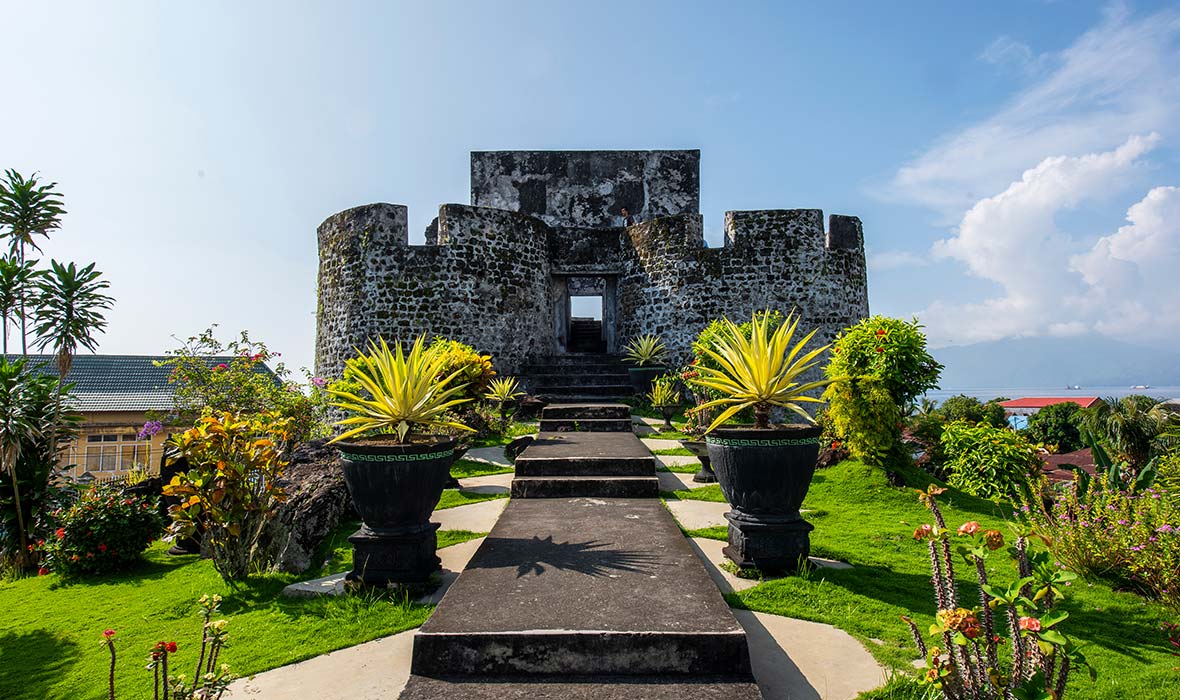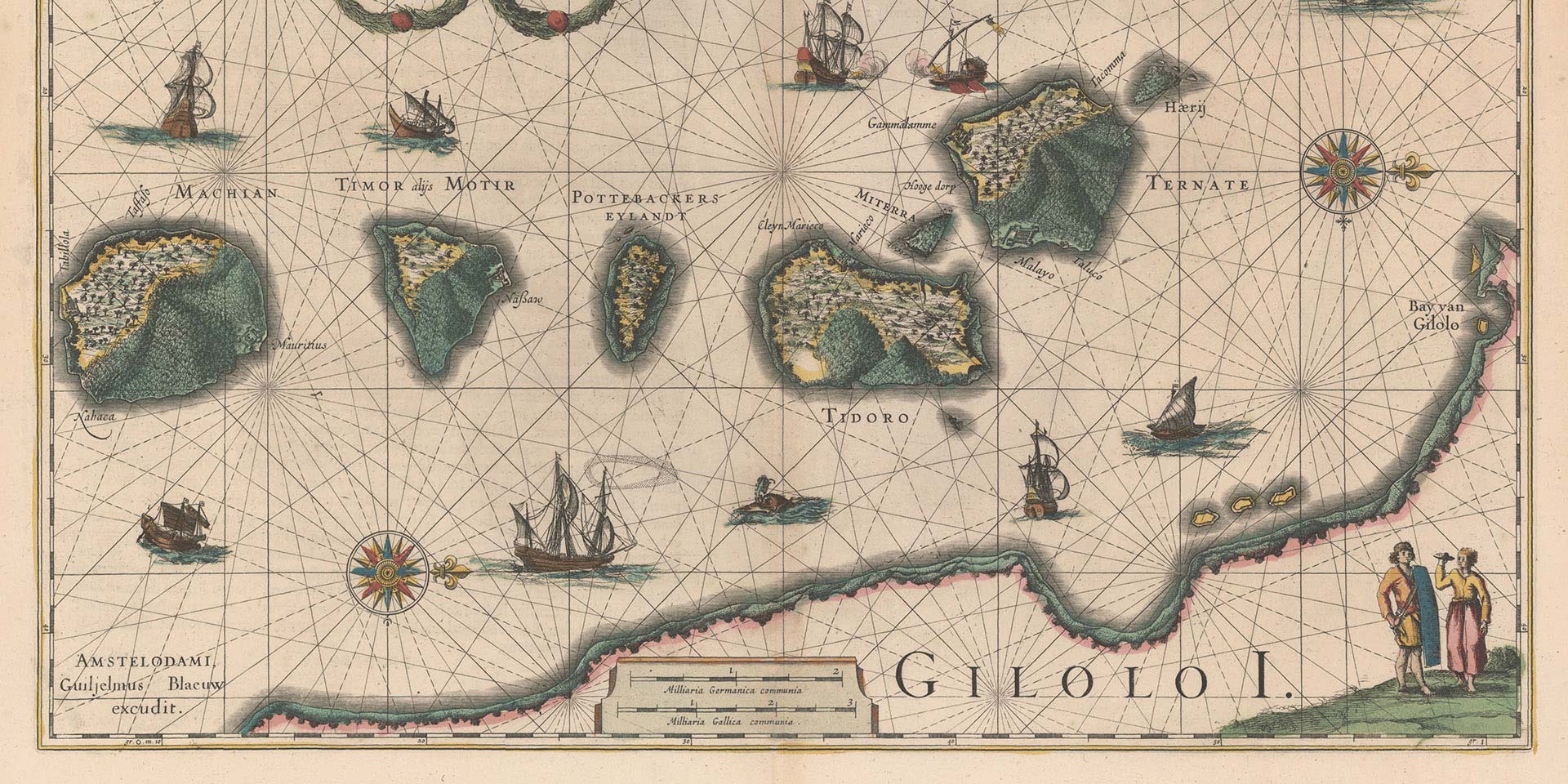With the second full year of coverage in 2019, Travelogues was proud to bring you hundreds of articles and even our very first print magazine this year. It has been our great pleasure to inform, entertain, and galvanize travelers from all over the planet. With the help and expertise of luxury tour operator Remote Lands, we are so very thankful to our readers and contributors for helping to build this online portal of intrepid and luxury travel for discerning travelers. With that in mind, these were your and our favorite Travelogues tales from 2019, a collection of stories from writers reporting from more than 30 countries and countless cities across Asia.
This was one of the strangest articles we published, fresh from the pen of Ronan O’Connell, one of our favorite writers here at Travelogues. Ronan goes to so many of our favorite places, but here he found something we were totally unaware of: Butoh. It’s a strange dance born in the early 1950s out of a turbulent time in Japanese history, and Ronan got a front row seat to one of the most intense dance experiences in the Land of the Rising Sun.
“A middle-aged Japanese woman squatting in front of me has just revealed her breasts. Her face twitches as she stares into my eyes with the intense aggression. The uncomfortable silence is pierced as she lunges at me and unleashes a fearsome scream. She pauses, less than a meter from my face. Then she grins, slowly rising to her feet and lurching around the room half-naked as if possessed by a demon.” — Ronan O’Connell
In South Sulawesi, Remote Lands co-founder and COO Jay Tindall took his camera to record the awesome spectacle of a Torajaland funeral. Dozens of buffalo are taken into the square and ceremoniously slaughters; the festivities can last for days. With cliffside burials and unusual funerary rites, locals save for years to give their loved ones the best possible chance in the world beyond.
“To the people of Torajaland, the more sacrifices mean the deceased will reach their journey’s end faster. Relatives sometimes save for months or years to give their loved ones the best chance. The sacrifice is only one part of the intense funerary rites of this land. There are also dirges, cockfighting, and the cleansing of the bodies. Death is important to the Torajans, as it is to everyone. Through the sacrifice, the dirges of the mourners can barely be heard over the squealing of the pigs.” — Remote Lands co-found and COO Jay Tindall
On a hidden Philippines beach, Richard Collett meets with the Tagbanua tribe of Coron. This region of the Palawan region is no stranger to tourists, but this beach is special. It is the home of the Tagbanua, said to be the oldest people to inhabit the Philippines and perhaps even related to the 16,500-year-old Tabon man. On this idyllic beach, they can be left in peace.
“My camera and I arrive via small wooden raft from the outrigger boat that brought me from Coron Town; as I set foot on an island that few other travelers have had the chance to see, I am greeted with a fresh coconut by members of the Tagbanua tribe. You won’t find this beach on any maps, and my guide, Aldrich, who has been working to develop sustainable tourism amongst the Tagbanua that have called the islands of Coron home for thousands of years, won’t give me its name.” — Richard Collett
With images and story from Anna Elisa Sida and Matteo Maimone, Travelogues was able to learn more about the Mentawai people. With just 64,000 Mentawai in small settlements scattered along the coasts and main rivers, individuals and families branch out into the equatorial forests of Sumatra; on the island of Siberut Anna and Matteo were able to photograph the Mentawai, featuring some of our favorite images of the year.
“‘Listen,’ says Oncy, our guide. ‘Can you hear these screams? They are the gibbons. For the Mentawai they are sacred and untouchable.’ In the middle of the rainforest of the island of Siberut, in the Mentawai archipelago, travelers can find one of the oldest and best preserved indigenous cultures in the world. First discovered to the Western world from the Dutch in the 17th century, the Mentawai of today are known for their sharpened teeth and tribal practices, one of the few Sumatra tribes open to overseas travelers.” — Anna Elisa Sida and Matteo Maimone
Coming to us from San Francisco-based travel writer Sharon McDonnell, this piece was a surprise success. This article tells the fascinating story of the Sassoon family and the Mumbai Jews and their relationship to the early days of Bollywood. This informative tale features images of Kenesth Eliyahoo, a fascinating synagogue in the most unlikely of places.
“I’m in the powder blue-and-white synagogue that’s the center of Jewish life in Mumbai, Keneseth Eliyahoo, just a few blocks from the Taj Mahal Palace hotel and the Gateway to India arch on the Arabian Sea. Built in 1884 in the Colaba district, it’s one of several synagogues in India’s biggest city, which elected a Jewish Mayor, Dr. Elijah Moses, back in 1937. India’s tiny Jewish community, now numbering 5,000 at most, has had a wide impact on the India’s financial capital and the home of Bollywood.” — Sharon McDonnell
Noted travel writer Dave Stamboulis was kind enough to write the cover story for our “Adventure Issue” of Travelogues from Remote Lands — and what a cover story. This fascinating tale winds through India’s Ladakh on a journey from Khardung La Pass to the tiny realm of Turtuk, along the way finding mountains, monks, and India’s last travel frontier.
“Unable to continue further, we turn around and retrace our steps. Yet we are far from finished, as the Nubra has been saving the best for last. We follow the Shyok back through Diskit, and then across crumbling unstable rock slopes, where the road meanders up above the valley and then returns to the flood plain below once safe. Heading south now, we are skirting another disputed border area, the Aksai Chin, where the Chinese and Indians have argued over a wildly rugged swathe of mountains and high altitude plain, home to Tibetan wild ass, snow leopards, and other rarely seen wildlife.” — Dave Stamboulis
Travelogues was on this small scoop and quite a few took notice. The rumors were true, and a new Aman opened in Japan’s most historic, dynamic cities this December. The brand’s third resort in Japan, the Aman Kyoto is set in a “hidden garden” near the famed Golden Pavilion and will feature 24 rooms and two two-bedroom villas. Already this unique new destination is a part of the Aman Private Jet Expeditions from Remote Lands.
“Following on from the success of Aman Tokyo and Amanemu, Aman Kyoto will add another distinctive facet to our continued journey – and commitment – to Japan,” says Vladislav Doronin, chairman and CEO of Aman. “Aman Kyoto will embody the true spirit of Aman, blending our profound respect for nature with adherence to simple, yet striking, principles of aesthetics and structure.”
John McMahon is one of our favorite adventure travel writers here at Travelogues. He hikes, kayaks, and motorcycles his way through Southeast Asia, but his favorite article this year according to readers is about the Blue Mansion. In many ways, the story of Cheong Fatt Tze is the story of Penang, and the Blue Mansion is an indelible part of that history.
“Cheong’s success as an international businessman and his devout nationality won him the designation of Mandarin of the Highest Order. By the later part of the 19th century Cheong had mansions dotted throughout Asia, but it was his desire to build his finest house in the city where he had found success. The mansion was to be a home for his favored 7th wife along with a vast retinue of relatives and business associates who would be accomated according to a hierarchy.” — John McMahon
It’s rare for the Remote Lands staff to be stumped by a pitch, but the Gulf Mask Festival was something off our radar. The images and story brought to us by Olga Fontanellaz were some of our favorite of the entire year: raw, visceral photographs of one of the lesser known festivities in a land famous for its tribal cultures. This is an article we keep coming back to.
“It’s a mid-day and the sun is restless at the Gulf Mask Festival, and so are the masked men, who don’t stop their frenzied dancing on the beach, with their eyes staring through masks’ tiny gaps. Not so long after, the men representing characters from local legends make the public giggle and laugh with their blunders and silly gestures. I capture their comic performance, when suddenly one particularly enthusiastic dancer fixes his determined gaze upon me and jumps forward with a long spear in the hand as if to attack. For a second, I see nothing but his crazed eyes in my lens.” — Olga Fontanellaz
The Dozen Dream Destinations are important to every member of the Remote Lands team, but the 2020 edition was very special — in no small part because this was our first ever print magazine. Dozens of Asia experts use their knowledge, connections, and expertise to help you choose the best spots to visit on the whole of the continent. This article is dedicated to 12 stellar Asia destinations and to helping you know when to go, what to do, and how to get there. The Dozen Dream Destinations 2020 include luxury travel favorites, once-in-a-lifetime sporting events, wildlife adventures, and tribal experiences.
Travel experts, journalists, photographers — Remote Lands has scoured Asia for the best travel ideas for 2020. The new decade will be a big one for Southeast and East Asia, where new accommodations, new flights, and once-in-a-lifetime sporting events will enliven some of the most popular travel destinations on the planet. Central Asia’s gems maintain their miraculous isolated qualities, but are getting more amenable every year. Jungles? Food? Beaches? Where will you be in 2020?
Elisha Donkin traveled to North India’s Darjeeling, but rather than concentrating on the tea plantations or the fresh mountain air, the focus of this article is the Tibetan refugees. Today, travelers can visit the Tibetan Refugee Self Help Center for snippets of what remains of the culture in a West Bengal mountain village.
“Darjeeling in India’s West Bengal is famous for two things: high quality tea and a panorama of four of the five highest mountains in the world. Many tourists, both foreign and domestic, flock to the small mountain area for a relaxing break on the edge of the Himalayas, just like the British who used it as a resort escape during the time of the Raj. However, the old hill station has another history between the herbal drinks and mountain vistas, the story is of the Tibetan refugee population who have called the hillside home since the 1959 Tibetan uprising.” — Elisha Donkin
James Newman studies the travels and travails of George Orwell. Before Animal Farm and 1984, George Orwell was part of the British Empire, an imperial police officer in Myanmar. The lessons he would learn there would build a lifelong disdain for the imperious British officers, entrepreneurs, and the memsahib who so looked down on their subjects.
“Orwell boarded the SS Herefordshire on October 1922, cruised down the Suez Canal, across the Red Sea, and past Ceylon on a month-long 8,000 mile passage to Burma. Rangoon in the 1920s enjoyed a higher standard of living than neighboring India. Surpassing New York as the busiest immigrant port in the world Rangoon had a growing economy resourcing labor and professional skills from the subcontinent. But Indians weren’t the only immigrants. Chinese mingled alongside European and even Latin Americans such as the Chilean poet Pablo Neruda worked and performed in town during honorary consulship in 1927.” — James Newman
Any discussion of Wat Rong Khun should probably begin with the fact that it’s not really just a “wat” (temple), despite the monks; it’s more of a wildly expensive and expansive art exhibition. Travelers come from all over the world to see the “White Temple”, considered by many to be Thailand’s most creative religious structure. Those who do are surprised to find curiously irreverent imagery on the exterior — as well as Hello Kitty on the inside and Pinhead from Hellraiser on the lawn.
Little information is known about Wat Rong Khun before it was put in the hands of Chalermchai Khositpipat, considered by many to be Thailand’s greatest modern artist. He took the aging, dilapidated ruins of a temple 10 kilometers south of Chiang Rai and turned it into what is today one of the city’s most popular attractions. This is because Chalermchai Khositpipat is from Rong Khun village.
Travel writer Nam Cheah of Hong Kong teaches us about the various tribes of Sabah in Borneo. This area of Malaysia is alive with both heritage and wildlife, and this is a place travelers can explore the varied cultures of the ancient tribes of Sabah — from the famed headhunters of Murut to the Sea Gypsies and their life on the crystal clear ocean.
“The word Murut might mean ‘hill people’, but this infamous tribe of northern Borneo is best known for their headhunting habit – and no, not in a human resources sort of way. It was customary for Murut men to cut off the head of defeated enemies and to bring them back as a trophy. In fact, heads were once a quintessential dowry for the Muruts. It was believed that cutting the head off gave them power. The hair of the victims was also braided to be hung as an accessory on swords.” — Namh Cheah
This story from Richard Collett takes us to the edge of Kyrgyzstan culture, as traditional hunters use their eagles to chase prey pulled by horses. Collett’s photos of Nursaltan and Aidar have been some of our favorites of the year, and the piece featured in our “Adventure Issue” earlier this year.
“Like many local nomads, Nursultan was on the northern shores of Issyk-Kul Lake earlier in the year for the sporting and cultural feast that is the World Nomad Games. He competed in the Berkut Saluu event where he demonstrated the hunting prowess of his bird of prey. For a Kyrgyz, third place was a big deal, but Nursultan wanted more. Hunting with eagles is an age-old tradition amongst the nomadic people of Central Asia; in Kyrgyz, the golden eagle is known as berkut.” — Richard Collett
Jordan Hammond is one of our favorite photographers; in fact, three of our magazine covers (including our recent print edition of the Dozen Dream Destinations) have featured Jordan on the cover. In Coron, Jordan turned his camera on the pristine islands of Palawan, finding sunken ships, perfect white sand beaches, and incredible karsts.
“Pass Island is fairly well-known on the tourist map, but is often forgotten about as locations such as the lagoons are favored due to proximity. However, if you have a spare day, I would definitely recommend the journey. Start early and get there before the crowds arrive for lunch, and you will likely have the whole island to yourself. The water is some of the clearest I have ever seen, and flying the drone above the island to show the patterns in the water and just how white the sand is was like a dream. It was without a doubt, the most picturesque tropical island I have ever visited.” — Jordan Hammond
Before the launch of The Bensley Trail from Remote Lands this year, Laurel Tuohy goes behind the scenes with the star designer and architect Bill Bensley to learn more about his methods, his shopping addiction, and the Shinta Mani Wild in the Cardamom National Park.
“In the far reaches of hotel designer Bill Bensley’s Bangkok design studio sits a warehouse holding a menagerie of unusual items that will – eventually – end up being used in one of his wild hotel projects. Some of the weirdest things currently housed there are a pair of artificial legs and a box of glass eyes from the 19th century. Though I almost don’t want to know the answer, I have to ask. Thankfully, the glass globes are new old stock, not something that was previously stuck inside someone’s head.” — Laurel Tuohy
This journey from Siem Reap to Phnom Penh travels over the beleaguered Tonle Sap, a land of pelicans, snakeheads, and floating societies hanging on to the edge. Once a year the Mekong floods 100 square kilometers of the Tonle Sap floodplain. Life here is like nowhere else in Southeast Asia.
To see the Aqua Mekong hove into view is quite a treat. After passing several dozen clunkers banging away on the lake, the Aqua Mekong is a shining, glass, three-storey palace floating on the calm waters of the Tonle Sap. With as much focus on sustainability as feasible – as it pertains to both emissions and waste management – the Aqua Mekong is a modern, intelligently-designed luxury experience upon which the word “cruise” is anathema. It is an expedition.
Nothing says Vietnam like the ao dai. Ronan O’Connell follows the history of this popular dress, from the reign of Nguyen Phuc Khoat to its modern day place in shop windows in Hue. The original ao dai may be more than 300 years old, but the look is becoming more popular every year and evolving with the times.
“This original style of ao dai was not particularly attractive. It did not have a flattering tailored fit which accentuated female curves like the modern version with which we are most familiar. Instead it was loose and boxy in appearance, designed with function rather than aesthetics in mind. In this way it was similar to the ao tu than, a common form of Vietnamese female dress which preceded the ao dai. The ao tu than, which was most popular with working class women in North Vietnam, consisted of a baggy outer tunic, inside which was worn a long skirt and a bodice undergarment, with a silk belt tied around the waist.” — Ronan O’Connell
Frank Beyer delves into the history of one of the lesser-visited regions of Indonesia: the Spice Islands. At one time, the commerce in this region was the focus of the world of trade, and that attention has created a complex history of imperialism, spices, and assassinations.
“The relationship between the Portuguese and the Sultan of Ternate was never free intrigue and violence. Tensions arose as the Portuguese wanted the Malukans to sell cloves exclusively to them, and also due to the activities of Jesuit missionaries looking for converts. In 1570 Portuguese Governor Mesquita literally stabbed Sultan Hairun in the back. The new Sultan, Hairun’s son Babullah, laid siege to the Portuguese fort and eventually the Portuguese left for good in 1575. A monument to this victory can be found at the ruins of Fort Kastela, it features scenes of the betrayal of Hairun and ensuing battle. Babullah, who retook control of the spice trade, is regarded as a hero in Maluku. The Portuguese were never again a strong force in the region, but ultimately reappeared, this time on Tidore.” — Frank Beyer

